El Valle Sagrado de los Incas es una de las regiones más completas para explorar en Cusco: combina pueblos tradicionales, sitios arqueológicos, mercados, rutas de naturaleza y una ubicación estratégica entre Cusco y Machu Picchu. En esta guía encontrarás todo lo necesario para planificar tu visita: qué lugares ver (pueblo por pueblo), qué actividades hacer según tu estilo de viaje, cómo moverte por la zona, mejor época para ir, altitud y consejos prácticos, además de información sobre tickets y el Boleto Turístico del Cusco.
También incluimos recomendaciones de gastronomía, alojamiento y respuestas a las preguntas más comunes para que organices tu itinerario con confianza y aproveches al máximo tu tiempo en el valle.
Valle Sagrado de los Incas
Descubre el Valle Sagrado de los Incas, tierra de asombrosa fertilidad. Donde cada semilla cultivada se transforma en generosas cosechas de calidad. No en vano, los Incas lo llamaban “Sagrado” porque creían que sus tierras estaban bendecidas por los mismos dioses.
El río Urubamba o río Vilcanota se alimenta de pequeños riachuelos y ríos que descienden de montañas cercanas, quebradas y nevados lejanos. Estas aguas fertilizan los campos de cultivo a su paso, estos producen diversidad de productos en varias altitudes como: granos de maíz gigante, patatas, kiwicha, quinoa, frijoles, cebada y trigo.
Estas fértiles tierras, mantienen un agradable clima templado durante todo el año, sus hermosos paisajes cobijados por imponentes montañas Andinas sirvieron de inspiración a los Incas, quienes construyeron aquí importantes palacios, ciudades y puestos de control, alineadas con eventos celestiales de gran importancia. El Valle Sagrado de Cusco está lleno de historia, cultura y belleza natural listo para ser descubierto.
Ubicación
El Valle Sagrado, se halla en los Andes del Perú a una distancia de 30 a 60 kilómetros al noreste de la capital Inca del Cusco y cerca de la ciudadela de Machu Picchu. Se extiende por las provincias de Urubamba y Calca, y abarca varios distritos.
Historia
El Valle Sagrado tiene también una rica historia que se remonta a miles de años atrás. Su área fue crucial para el asentamiento de varias culturas que culminaron su desarrollo con la civilización Inca. Las siguientes etapas históricas dejaron huella en la región, rastros que se puede reconocer hoy en sus calles, pueblos y monumentos.
Periodo | Descripción |
Pre-Inca | El Valle Sagrado fue habitado desde el periodo prehispánico debido a sus tierras fértiles, con acceso fácil al agua y clima favorable. Culturas como los Killke y los Wari dejaron su impronta en el valle, implementando tecnología agrícola como terrazas de cultivo, expresiones pictóricas en tejidos y cerámicas, además de asentamientos humanos con una considerable organización y estratificación. |
Inca | La civilización Inca comenzó su desarrollo a partir del siglo 13 estableciendo su capital en el cercano Cusco. La producción abundante del valle fue una importante fuente de alimentos y recursos para todo el territorio Inca. Por este motivo, el valle presenta una entramada red de vías con fines de transporte, ceremoniales, vinculados a la realeza y de control. A esto se suman almacenes, lugares de descanso, sitios sagrados y metrópolis Incas distribuidas en cada tramo. Estos caminos se ubicaron de manera estratégica: además de conectar con la zona de la selva, hogar de los Antis (pueblos de la Amazonía), también funcionaban como ruta militar y de protección. De este modo, resguardaron el valle y, sobre todo la ciudad del Cusco Dentro del valle los Incas perfeccionaron diversas técnicas agrícolas, como extensas terrazas de cultivo, herramientas de cultivo, sistemas de filtración de lluvias, irrigación y reservorio de agua para cultivar la tierra prácticamente todo el año. Además utilizaron observatorios astronómicos para organizar su calendario agrícola con una precisión increíble. |
Conquista y Colonial | Después de la llegada de los Españoles en el siglo 16, el Valle Sagrado experimentó cambios significativos. Se redistribuye la población y construyen pueblos sobre las ciudades Incas ya existentes, se introducen nuevos granos para cultivo como la cebada y el trigo, ganado de diferente clase y se realizan extensas campañas para evangelizar a los nativos. A pesar de esto, muchas costumbres, tradiciones, ritos y prácticas agrícolas Inca sobrevivieron y están vigentes actualmente. |
Actualmente | Hoy en día, el Valle Sagrado es un importante destino turístico que atrae a visitantes de todo el mundo por sus monumentales sitios arqueológicos en buen estado de conservación, comunidades andinas que conservan tradiciones milenarias e impresionantes vistas llenas de belleza natural. Las antiguas técnicas agrícolas, textiles y alfarería Inca también perduran. Artesanos y agricultores locales transmiten estos conocimientos de generación en generación, manteniendo vivas sus tradiciones a pesar del tiempo. |
Mejor época para visitar el Valle Sagrado de los Incas
El Valle Sagrado de Cusco goza de un agradable clima subtropical con temperaturas templadas durante la mayor parte del año. Pero es meritorio mencionar que la zona presenta dos estaciones bien diferenciadas: la seca y la lluviosa.
Temporada Seca (De abril a octubre):
Esta suele ser la mejor época para visitar el Valle Sagrado. El clima es mayormente seco, con días despejados y soleados y noches frescas. Las temperaturas diurnas pueden oscilar entre 20 °C y 25 °C (68 °F y 77 °F), mientras que por la noche pueden bajar a entre 0 °C y 5 °C (32 °F y 41 °F). Durante esta estación, se presenta el invierno que es casi imperceptible debido a la proximidad del país al ecuador. Así es que no hace tanto frío como en las zonas más templadas alejadas del ecuador.
Temporada de Lluvias (noviembre a marzo):
Las lluvias son frecuentes, aunque no suelen durar todo el día. Las temperaturas durante esta temporada son relativamente constantes, con máximas diurnas de entre 18 °C y 22 °C (64 °F y 72 °F) y mínimas nocturnas de entre 7 °C y 10 °C (45 °F y 50 °F). Durante la temporada de lluvias en el Valle Sagrado se presenta un pequeño verano, debido al aumento de humedad y concentración de calor.
Independientemente de cuándo decidas visitar el Valle Sagrado, cada época tiene su propia belleza.
¿Qué lugares visitar en el Valle Sagrado?
El territorio que abarca el Valle Sagrado, es compartido por dos provincias del Cusco: Calca y Urubamba. Esta zona de gran riqueza histórica y cultural la posiciona como uno de los lugares turísticos más importantes del país. A continuación, te brindamos información de qué lugares puedes visitar pueblo por pueblo de sureste a noroeste, siguiendo el curso del río, del extremo sur a norte.
San Salvador
Este pequeño pueblo, ubicado al extremo sur del Valle Sagrado a 3,053 m / 10,016 pies, ocupa un lugar muy especial en el corazón de los cusqueños. Aquí se encuentra uno de los lugares religiosos más venerados de la región: el Santuario del Señor de Huanca. Cada año, miles de devotos lo celebran con una gran festividad y realizan una peregrinación que parte desde la ciudad del Cusco. También es común ver devotos de países vecinos como: Bolivia, Chile, Argentina y Paraguay.
- Festividad del Señor de Huanca (14 de septiembre)
- Festividad de la Virgen del Rosario (6 de octubre)
Pisac
Pisac se ubica a 33 kilómetros de la ciudad del Cusco, en el pasado fue un antiguo asentamiento Inca ubicado sobre la montaña del cerro Apu Inti Huatana, su nombre deriva del quechua p’isaqa un ave escurridiza que vive en este hábitat, comúnmente conocido como perdiz (Nothoprocta ornata).
En tiempos del Inca, Pisac fue una gran urbe compuesta por torreones o pucaras, amplias andenerías, almacenes o qolqas, canales de agua, fuentes litúrgicas, área funeraria y observatorios astronómicos; demostrando una compleja planificación urbanística.
Después de la conquista Española y durante la época colonial, el virrey Toledo fundó el hermoso pueblo colonial de Pisac al pie de la montaña. En donde se concentró la nueva actividad comercial y social del lugar.
Además el pueblo también posee un famoso mercado artesanal, el mercado de Pisac. En él, podrás apreciar hermosas artesanías en metal (oro, plata y cobre), vidriería, trabajos en tela, pintura y otros recuerdos únicos. Otros atractivos son:
- Parque Arqueológico de Pisac
- Parque de la Papa
- Pueblo e iglesia de Pisac
- Mercado Tradicional de Pisac
Taray
El pequeño poblado de Taray se ubica en la margen izquierda del río a una altura de 3,050 m / 10,007 pies. En una de sus laderas pasa la ruta que viene desde Cusco rumbo a Pisac, y desde allí se obtiene una vista amplia del paisaje del Valle Sagrado.
El mirador de Taray, es una parada habitual para los servicios turísticos que recorren este circuito. Los atractivos de Taray son:
- Mirador de Taray
- Pueblo e Iglesia de Taray
- Comunidad de Ccaccaccollo
- Festividad de la Virgen del Rosario de Taray (26 de septiembre)
Coya
Ubicado a 2,920 m / 9,580 pies de altitud, en el pasado aquí se asentó un centro urbano inca que desapareció tras un aluvión provocado por el río Yanamayo. Parecido a otros pueblos del valle, Coya mantiene una profunda tradición religiosa, la festividad de la Virgen de la Asunta, declarada Patrimonio Cultural de la Nación.
- Festividad de la Virgen de la Asunta (14 de agosto)
Lamay
El pueblo actual de Lamay se ubica a 2,940 m / 9,646 pies de altitud, a 43 km al noreste de Cusco. Sin embargo, en tiempos antiguos, el principal asentamiento se habría concentrado en la zona donde hoy se encuentra Huchuy Qosqo, cumpliendo un rol clave como centro agrícola y pecuario (crianza de auquénidos, como la llama y la alpaca).
Hoy en día, el poblado es un lugar tranquilo, conocido por su tradición y gastronomía local, especialmente por el cuy al palo lameño que se vende al ingreso del pueblo. Entre sus principales atractivos destacan:
- Festividad de Santa Rosa de Lima
- Aguas Termales de Ccaccato
- Cascada de Sirenachayoc
- Sitio Arqueológico de Huchuy Qosqo
Calca
El pueblo de Calca se encuentra a 2,925 m / 9,596 pies. Durante la época inca, el ayllu se consolidó como la base de la organización social: comunidades familiares que ocupaban varias partes del valle. Entre ellas estuvieron los Khallkas, asentados en lo que hoy es Calca, que integraron una metrópoli inca de gran relevancia.
Este lugar albergó a parte de la nobleza inca y funcionó como eje económico entre los valles de Lares y Urubamba. Aún hoy se pueden reconocer rasgos del antiguo trazado urbano inca en sus calles amplias. Los atractivos turísticos más importantes son:
- Festividad de la Virgen Asunta de Calca (15 de agosto)
- Sitio Arqueológico de Urqo
- Laguna Qanqan
Yucay
Este pequeño pueblo posee una tranquilidad encantadora, ubicado a una altura de 2,857 m / 9,373 pies. Su nombre proviene del quechua y se puede traducir como: seducción o encanto. Es conocida por sus terrazas, el palacio del Inca Sayri Tupac y las coloridas fiestas religiosas.
Pueblo de Urubamba
Urubamba es la capital de la provincia del mismo nombre, a una altitud de 2,687 m / 8,815 pies. En el pasado fue uno de los principales centros agrícolas de todo el Imperio de los Incas, conserva en sus calles muros, andenerías y construcciones que conviven con las construcciones coloniales y el pueblo moderno. Los atractivos mas representativos son:
- Pueblo de Urubamba y el Templo de San Pedro Apóstol
- Palacio del Emperador Inca Wayna Qhapaq
- Complejo de Quespihuanca
Aquí encontrarás restaurantes, cafés, tiendas y hermosos hoteles, la mayoría de ellos destinados al turismo.
Ollantaytambo
Ollantaytambo es un hermoso pueblo del Valle Sagrado que alberga un Complejo Arqueológico el cual posteriormente funcionó como una fortaleza durante la resistencia Inca. Se encuentra a aproximadamente 2,792 m / 9,160 pies Cusco, en el extremo noroeste del valle. El Parque Arqueológico de Ollantaytambo es sin duda uno de los vestigios Incas más originales y mejor conservados de todo el Perú.
El pueblo al pie de la montaña también es conocido como la "Ciudad Inca Viviente", ya que sus actuales habitantes han conservado la originalidad de las casas y calles que siguen el trazo urbano de la época inca.
Otros atractivos que se pueden mencionar son:
- Pueblo e iglesia de Ollantaytambo
- Comunidad andina de Huilloc
- Camino Inca Piscacucho (km 82)
- Sitio Arqueológico de Pumamarka
- Sitio Arqueológico Intipunku y Ñaupa Iglesia
- Catarata de Perolniyoc
- Canteras de Cachiccata
Lares
Lares no se encuentra a orillas del río Vilcanota; se ubica a 3,150 m / 10,335 pies en una zona montañosa del valle, entre Calca y Ollantaytambo. Esta región conserva pequeños tesoros de historia, cultura y naturaleza que se visitan en el famoso Trek de Lares . Entre sus principales atractivos destacan:
- Sitio Arqueológico de las catorce portadas de Choquecancha
- Baños termales de Lares
- Rodal de Puyas de Raimondi
- Cascada de Qanchis Paqcha
- Laguna de Hatuncocha o Qoyalay
A pocos kilómetros del río se extiende una meseta donde se concentran otros atractivos turísticos. Aunque se encuentran a una altitud diferente, también forman parte del Valle Sagrado. Entre ellos destacan el pueblo de Maras, las andenerías de Moray, Chinchero y las Salineras de Maras, entre otros.
Pueblo de Maras
Conocido también como la Villa de San Francisco de Asís de Maras, estuvo ocupado por culturas anteriores a los incas como Chanapata y Ayarmakas. Desde entonces fue un punto estratégico de producción e intercambio, impulsado por sus minas de sal.
Durante la época colonial, Maras ganó aún más importancia como centro económico, social y comercial, donde residieron familias de gran prestigio. Esto se aprecia en su arquitectura, especialmente en sus portales de piedra con escudos nobiliarios tallados.
Entre sus atractivos representativos se encuentran:
- Sitio Arqueológico de Moray
- Salineras de Maras
- Templo de Tiobamba
- Sitio Arqueológico de Cheqoq.
Moray
Moray se encuentra a alrededor de 50 km de Cusco y desempeñó un papel fundamental en la producción de alimentos durante la época Inca. Se trata de un observatorio astronómico y laboratorio agrícola compuesto por terrazas circulares que se proyectan gradualmente hacia el centro de una gran cavidad en la montaña.
Este lugar fue uno de los principales centros de investigación agrícola del Imperio Inca. Cada terraza circular tiene un clima único. La temperatura varía unos 20 °C desde el centro hacia la terraza más alta.
Aquí los Incas experimentaron con productos de diferentes pisos ecológicos para así poder expandir sus cosechas por todo el Tawantinsuyo, conservando la calidad de los cultivos y mejorando la dieta de todos los habitantes.
Salineras de Maras
Las Salineras de Maras está compuesta por 4,500 hermosas pozas de sal que se extienden sobre la ladera de la montaña Qaqawiñay o Qori Pujio. A lo lejos, se asemejan a la nieve que cubre cualquier nevado, creando un espectáculo único.
El agua salada es de origen subterráneo y fluye por estrechos canales hacia cada estanque de manera equitativa, permaneciendo en reposo mientras el sol evapora el agua, dejando en la superficie cristales de sal que se van formando y agrupando.
Desde la antigüedad diferentes culturas preincas ya hacían uso de este espacio para la extracción de sal, los Incas continuaron con esta tarea y actualmente los descendientes de estas tierras continúan produciendo sal, conservando las antiguas técnicas de extracción. ¡Simplemente impresionante!
Chinchero
Chinchero es un encantador pueblo colonial a 28 kilómetros de Cusco. Sus casas mantienen su ubicación original, ya que fueron construidas sobre antiguos recintos Incas. Además, el pueblo cuenta con una pintoresca iglesia colonial con lienzos de la “Escuela Cusqueña”.
Todos los domingos los habitantes de las comunidades aledañas a Chinchero se dirigen a su plaza principal para intercambiar productos en la feria tradicional de Chinchero. Esta práctica se conoce como trueque y se remonta a la época Inca.
El pueblo también alberga fábricas textiles donde las mujeres locales enseñan a los visitantes la antigua técnica inca de tejer y teñir lana de alpaca y vicuña, usando plantas y minerales. Otros atractivos cercanos son:
- Templo Colonial de Chinchero
- Museo de Sitio de Chinchero
- Laguna de Huaypo
- Laguna de Piuray
- Festividad de la Virgen de Natividad (07 de septiembre)
Boletos y entradas en el Valle Sagrado de Cusco
Algunos atractivos del Valle Sagrado de los Incas son de ingreso gratuito o se pueden visitar durante festividades locales. Sin embargo, otros lugares, por su importancia histórica y por estar bajo administración local, requieren un pago de entrada y están incluidos en el Boleto Turístico del Cusco.
Atractivos incluidos en el Boleto Turístico del Cusco
En este caso, existen 2 tipos de Boleto Turístico del Cusco: el Boleto Integral y el Boleto Parcial, dividido en 3 circuitos:
| Circuitos | Atractivos turísticos |
Circuito 1: Complejo Arqueológico de Sacsayhuamán |
|
Circuito 2: Ciudad del Cusco y Valle Sur |
|
Circuito 3: Valle Sagrado de los Incas |
|
Vigencia del Boleto Turístico del Cusco
El Boleto Integral “BTCI” incluye los 3 circuitos y es válido hasta por 10 días, mientras que la vigencia de los Boletos Parciales varía:
- Boleto Parcial Circuito 1: válido por 1 día
- Boleto Parcial Circuito 2: válido por 2 días
- Boleto Parcial Circuito 3: válido por 2 días
Precios del Boleto Turístico del Cusco
| Circuitos | Visitantes internacionales | Visitantes peruanos | |
| Boleto Integral | Adulto |
|
|
| Estudiante |
|
| |
| Boleto Parcial | Circuito 1 |
|
|
| Circuito 2 | |||
| Circuito 3 | |||
Nota: el boleto de estudiante aplica solo para viajeros de 10 a 17 años, y deben presentar su documento de identidad al comprarlo. A partir de los 18 años, debes presentar un carné de estudiante vigente o una tarjeta ISIC. Los niños que ya tengan 10 años en la fecha de compra deben pagar la tarifa de estudiante.
Atractivos no incluidos en el Boleto Turístico del Cusco
Los itinerarios por el Valle Sagrado suelen incluir los atractivos cubiertos por el Boleto Turístico. Sin embargo, uno de los lugares más visitados no está incluido: las Salineras de Maras. Como son administradas por los pobladores de la zona, se paga una entrada aparte para el ingreso:
- Visitantes internacionales: 20.00 PEN / aprox. 6.00 USD
- Visitantes peruanos: 15.00 PEN / aprox. 4.50 USD
¿Qué hacer en el Valle Sagrado de Cusco?
Gracias a sus recursos naturales y a sus condiciones geográficas, el Valle Sagrado de los Incas es un lugar ideal para realizar diversas actividades turísticas: visitas guiadas a sitios arqueológicos, caminatas, experiencias en agua y viento, y actividades de inmersión cultural y espiritual.
Lo más tradicional es realizar el tour Valle Sagrado full day (de un día completo). Los más ofertados son el tour Valle Sagrado Tradicional y el tour Super Valle VIP. La diferencia radica en la ruta que siguen y los atractivos que visitan.
| Valle Sagrado Tradicional | Salle Sagrado VIP | |
| Hora de partida | 08:00 a.m. | 07:00 a.m. |
| Atractivos |
|
|
| Hora de retorno | 06:00 p.m. | |
| Servicios incluidos |
| |
| Entrada a Salinera de Maras | ||
Itinerarios más largos incluyen la visita de otros atractivos turísticos antes o después del Valle Sagrado, los más populares son Valle Sagrado con tren a Machu Picchu o el paquete de Cusco, Valle Sagrado y Machu Picchu. La elección depende de la disponibilidad de tiempo y los sitios turísticos que quieras visitar.
Mapa del Tour Valle Sagrado
Actividades Culturales en el Valle Sagrado Cusco
Uno de los recursos más valiosos de esta región es su riqueza cultural. La historia y la gente que habita estas tierras han mantenido vivas tradiciones que distinguen a esta región dentro del Perú y del mundo. Costumbres y festividades, música y arte, mitos y leyendas, gastronomía y saberes ancestrales conviven con innumerables monumentos y construcciones de distintas épocas. Todo ello convierte al Valle Sagrado en un territorio profundamente cultural y diverso.
Consejo: Ya que las distancias entre los atractivos culturales en el Valle son considerables, es recomendable contratar un servicio de transporte privado o tomar un tour que incluya estas visitas.
Visita Sitios Arqueológicos Incas
El Valle Sagrado alberga importantes sitios arqueológicos y paisajes naturales impresionantes. Los tours por esta región suelen incluir la visita a algunos de sus monumentos más destacados, como:
- Parque Arqueológico de Písac
- La Fortaleza de Ollantaytambo
- Las Terrazas Circulares de Moray
- El Complejo Arqueológico de Chinchero
Así como otros sitios de gran valor histórico, como Huchuy Qosqo, Intipunku y Pumamarca, entre varios más. Como puedes ver, esta zona ofrece innumerables oportunidades para explorar sitios Inca únicos.
Visita Museos en el Valle Sagrado
En casi cada pueblo del Valle Sagrado Cusco se puede encontrar un museo o centro de interpretación, donde se exhiben piezas y elementos artísticos que ayudan a comprender mejor la historia, las costumbres y los hechos más importantes de cada lugar. Entre los museos más representativos destacan:
- Museo Inkariy - Urubamba: museo cultural inspirado en la historia del Perú prehispánico en todas las regiones del país.
- Museo de Arte Popular Andino - Ollantaytambo: Museo que exhibe una gran colección de piezas únicas y peculiares del arte popular andino.
- Yucay Museo de Cultura Viva - Yucay: museo interpretativo enfocado en la elaboración de textiles y a la gastronomía tradicional.
- Chocomuseo Ollantaytambo - Ollantaytambo: museo dedicado al chocolate desde su siembra hasta la preparación para consumir.
- Museo de Sitio Chinchero - Chinchero: museo que presenta piezas fósiles y arqueológicas de la zona.
Turismo Rural en el Valle Sagrado de los Incas
El turismo rural es perfecto si quieres conectar con la vida local del Valle Sagrado. Puedes visitar comunidades, compartir actividades del día a día, aprender sobre siembra, cultivo y cosecha de alimentos, creación de textiles desde cero. También conocerás sus tradiciones, y probarás comida hecha en casa con ingredientes de la zona. Además de ser una experiencia auténtica, también apoya directamente a familias locales y ayuda a mantener vivas sus costumbres.
Talleres Artesanales
Inscríbete en un taller cultural impartido por artesanos locales de tallado en madera, textilería y cerámica en Chinchero. Es una oportunidad única para interactuar con la gente que habita el Valle Sagrado y aprender sobre importantes tradiciones locales.
Actividades de Naturaleza en Valle Sagrado
Además de su legado cultural e histórico, el Valle Sagrado ofrece un entorno natural muy diverso: ríos, montañas, mesetas, quebradas, campos de cultivo y zonas de bosque. Esta variedad de paisajes crea condiciones ideales para actividades al aire libre y para estar en contacto con la naturaleza.
Recomendaciones para una buena experiencia:
- Salir temprano para caminar tranquilo y avistar la mayor cantidad de animales
- Llevar equipo como binoculares, brújula, navaja, gorra, agua y ropa adecuada
- Mantener distancia con los animales silvestres y evitar alimentarlos
Observación de Aves y Fauna
La observación de fauna es una experiencia perfecta para viajeros que buscan un ritmo más pausado y un contacto directo con el entorno. En el Valle es posible encontrar aves asociadas a riberas, campos agrícolas, laderas andinas y sobre todo lagunas, por lo que el aviturismo se puede disfrutar tanto en caminatas suaves como en trayectos escénicos.
Los puntos de observación más conocidos son la laguna de Huaypo y la laguna de Piuray, además de pequeños espejos de agua y otras lagunas distribuidas en distintas zonas del valle. Esta actividad es especialmente entretenida si tu objetivo es avistar la mayor cantidad posible de aves y otros animales, o sigues las rutas migratorias de alguno en especial.
Usualmente se muestran con más frecuencia a primeras horas de la mañana o cerca del atardecer.
Trekking en el Valle Sagrado de los Incas
El entorno montañoso a lo largo y ancho del Valle Sagrado ofrece un terreno perfecto para el senderismo, con caminatas espectaculares de distinta duración y para todos los niveles. El famoso Camino Inca de 4 días a Machu Picchu es, sin duda, la opción más popular. Otras caminatas similares son:
- Trek de Lares a Machu Picchu de 4 días
- Trek Huchuy Qosqo + Camino Inca de 4 días
- Camino Inca Quarry de 4 días
Las excursiones de uno o dos días son una excelente alternativa para quienes disponen de poco tiempo y quieren contemplar los paisajes y la naturaleza. Entre las opciones se encuentran:
- Camino Inca Corto a Machu Picchu de 2 días
- Caminata a Intipunku Ollantaytambo de 1 día
- Caminata a Huchuy Qosqo de 1 día
Aventura en Agua
Los ríos y lagunas andinas son elementos recurrentes en los paisajes del Valle Sagrado, en ellos se pueden vivir experiencias que van desde la emoción de los rápidos en el río Vilcanota hasta actividades más tranquilas y contemplativas como el paddle surf en lagunas. Estas son opciones perfectas para complementar el viaje, disfrutar del paisaje desde otra perspectiva, diferente al circuito tradicional.
Canotaje o Rafting
Practicar rafting en el Valle Sagrado Cusco es una experiencia emocionante. Esta experiencia de un día, suele incluir recojo desde el hotel y transporte hasta el punto de partida en base del valle. La actividad varía constantemente, requiriendo un esfuerzo grupal para sortear secciones tranquilas y rápidos desafiantes dentro del río Vilcanota, lo que añade intensidad a la aventura.
Después de aproximadamente dos horas de aventura, un delicioso almuerzo te espera antes de regresar al hotel. Las rutas de rafting recorren diferentes secciones del río Urubamba, con rápidos que van desde principiantes hasta clases II y III.
Paddle surf sobre lagunas
El paddle boarding es una excelente manera de disfrutar de las serenas aguas de las lagunas andinas. Durante este tour de medio día en el Valle Sagrado, remarás sobre las aguas de la Laguna de Piuray, cerca de Chinchero (a solo una hora en coche de Cusco).
El Paddle es una actividad accesible para todos. Gracias al equipo adecuado, el guía especializado y las instrucciones sobre técnicas básicas de remo, personas de cualquier edad y nivel de experiencia pueden disfrutar de esta experiencia en el agua.
Podrás remar a tu propio ritmo, explorando la orilla de la laguna mientras aprecias el paisaje que nos rodea. Usualmente el tour incluye fotos y videos para recordar la experiencia.
Aventura en Tierra y Vertical en el Valle Sagrado
Si buscas adrenalina y vistas desde ángulos distintos, el Valle Sagrado es el escenario ideal. Aquí se combinan velocidad y naturaleza en recorridos en cuatrimoto (ATV) o bicicleta de montaña, con paradas en miradores y rutas escénicas.
Para un reto más técnico, también puedes optar por escalada, via ferrata y descensos en rapel o zip line. Son experiencias perfectas para salir del circuito tradicional y vivir el valle con más emoción, siempre con guía y el equipo adecuado.
Cuatrimotos y Bicicleta de Montaña en el Valle Sagrado
Los tours de días completos en cuatrimoto o bicicletas de montaña son otra forma de vivir una emocionante aventura en el Valle Sagrado . Conduce sobre el Valle Sagrado de los Incas, realizando paradas estratégicas en miradores panorámicos y atractivos turísticos. No olvides llevar gafas de sol, protector solar y ropa adecuada para esta actividad.
Escalada, Via Ferrata y Rapel
En el Valle Sagrado, entre Urubamba, Ollantaytambo y Calca se pueden visitar varios puntos de escalada y descenso en Rapel. El ascenso suele variar según tu elección, en roca o por Via Ferrata (escaleras de acero adheridas a escarpadas paredes rocosas).
Debido a las exigencias físicas de la Vía Ferrata, es recomendable tener buena condición física y haberse adaptado a la altura al menos uno o dos días antes. El descenso es simple ejecutando una correcta técnica y en compañía del guía, sin dudas un recuerdo que siempre guardas contigo.
Zip Line o Tirolesa
Adicional a la escalada suele haber la opción del descenso por zipline o tirolesa desde la cima, sus longitudes varían entre 90 y 450 metros en serie de 2 o 3 caídas, lo que permite una emocionante bajada.
Aventuras Aéreas en el Valle Sagrado de Cusco
El Valle Sagrado también se puede disfrutar desde el cielo, o a varios metros sobre el suelo. Ya sea pedaleando suspendido en el aire, volando en parapente o elevándote en globo, estas experiencias combinan adrenalina, vistas panorámicas y fotografías únicas. Como dependen del clima y del viento, lo ideal es llevar ropa cómoda, un cortaviento y reservar con anticipación en temporada alta.
Aventura en Skybike
Si buscas una dosis de adrenalina diferente, esta es una experiencia única: pedalear una bicicleta suspendida en cables, con arnés y casco, mientras avanzas por el aire con vistas al valle. No necesitas experiencia previa; antes de empezar, el guía te da instrucciones claras de cómo realizar este emocionante trayecto.
Vuelo en Parapente
Volar en parapente sobre el Valle Sagrado es una forma inolvidable de ver el río, las montañas y los campos de cultivo desde otra perspectiva. Normalmente se realiza en vuelo biplaza (con instructor), así que solo tienes que seguir indicaciones simples y disfrutar del recorrido. Como depende del viento y del clima, lo mejor es planificarlo con flexibilidad y llevar ropa cómoda, cortaviento y lentes de sol.
Globos aerostáticos
Esta actividad se ofrece en ciertas fechas y según las condiciones del clima. Lo más común es hacerlo muy temprano, cuando el aire suele estar más estable. Por ser una actividad sensible al viento y a la disponibilidad, es recomendable consultar con anticipación.
Bienestar y Turismo Místico en el Valle Sagrado
Como no podía ser de otra manera, el Valle Sagrado también ofrece espacios ideales para la relajación y el bienestar. Desde lugares al aire libre para conectarse con la naturaleza y practicar actividades de introspección, hasta opciones de recuperación y descanso, como los baños termales.
Para estas actividades, conviene contar con el transporte y tiempo suficiente para disfrutar del lugar con calma. En muchos casos es posible acampar o incluso pasar la noche en alojamientos cercanos, por lo que te recomendamos considerar al menos una noche para vivir esta experiencia de la forma más provechosa posible.
Baños termales y relajación
Los baños termales son una excelente opción para relajarse después de cualquiera de las actividades mencionadas y un cierre ideal para un día de aventura. Por suerte, este territorio cuenta con diversas fuentes de aguas termales, apreciadas por sus características mineralógicas y nivel de calor. Entre las más conocidas se encuentran:
- Baños termales de Minas Moqo - Calca: Temperatura 12 °C a 18°C, aguas con predominio de cloruro y sodio.
- Baños termales de Ccaccaccollo - Lamay: Temperatura promedio 17°C a 23°C, agua con cloruros, sulfatos, hierro, magnesio, bicarbonato y aluminio
- Baños termales de Machacancha - Calca: Temperatura promedio 40°C, agua sodio, magnesio, bicarbonato y sulfato.
- Baños termales de Lares - Lares: 36°C a 44°C, agua con calcio, magnesio, sodio, potasio, cloruro, sulfato, bicarbonato, hierro, manganeso, zinc, boro, cobre y sólidos disueltos.
Espiritualidad y actividades holísticas
En algunos lugares del Valle Sagrado Cusco se ofrecen experiencias orientadas a la espiritualidad y a prácticas holísticas. Si decides incluir este tipo de actividad en tu itinerario, lo ideal es prepararse con anticipación de manera responsable y respetuosa, priorizando siempre tu seguridad y el respeto a las tradiciones locales.
Entre las opciones más comunes se encuentran:
- Ceremonias de ofrenda a la Pachamama
- Lectura de hojas de coca
- Baños de florecimiento
- Sesiones de meditación
- Clases de Yoga
Por otro lado, experiencias como ayahuasca y San Pedro (wachuma) están reservadas para centros especializados que trabajan con protocolos estrictos y evaluación de salud previa. No es una actividad apta para todos.
Gastronomía Local del Valle Sagrado de Cusco
A lo largo del Valle Sagrado, y dependiendo del pueblo e incluso de la época del año, la oferta gastronómica es muy variada, tanto en alimentos como en bebidas.
Algunas preparaciones son tan especiales que solo se pueden degustar en hogares locales o durante celebraciones festivas. Otros platillos se reservan para restaurantes y hoteles de alta categoría.
En cambio, las recetas más populares están al alcance en restaurantes turísticos, mercados, hornos tradicionales y chicherías. Se pueden citar los siguientes:
- Cuy al palo Lameño
- Merienda Urubambina
- Empanadas y pan de Pisac
- Chicha de jora y frutillada
- Maíz gigante y frutas de estación
¿Dónde quedarse en el Valle Sagrado?
Belmond Hotel Río Sagrado
Este lujoso hotel en Urubamba ofrece hermosos jardines, un tranquilo spa y un restaurante especializado en cocina peruana. Las habitaciones están diseñadas para asemejarse a las auténticas casas de un pueblo andino peruano.
Inkaterra Hacienda Urubamba
Emplazado sobre 100 acres de terreno, en pleno corazón del Valle Sagrado, los servicios de este hotel ofrecen una experiencia única en medio de un diseño tradicional, exuberantes jardines e impresionantes vistas de los Andes.
Tambo del Inka, a Luxury Collection Resort & Spa
Ubicado en Urubamba, este resort es uno de los más lujosos del área. Cuenta con una estación de tren privada a Machu Picchu, un spa de lujo y un restaurante que sirve cocina peruana con un toque moderno.
Sol y Luna Lodge & Spa
También ubicado en Urubamba, este hotel ofrece casitas individuales distribuidas por toda la propiedad para su total confort y privacidad. El hotel también cuenta con un reconocido spa y un restaurante de primera categoría.
Aranwa Sacred Valley Hotel & Wellness
Construido sobre una hacienda colonial del siglo XVII, este hotel cuenta con un museo, una biblioteca, un spa e incluso una sala de cine.
Sky Lodge
El primer albergue colgante del mundo, perfecto para los amantes de la adrenalina y la aventura.
Mejores restaurantes en el Valle Sagrado
Hacienda Huayoccari
La Hacienda Huayoccari, en el Valle Sagrado de los Incas, ofrece una experiencia gastronómica exclusiva en una mansión histórica con impresionantes vistas y una colección de arte andino. Su cocina realza los sabores tradicionales locales con ingredientes de la zona y un toque de elegancia en cada presentación.
MIL Centro
MIL Centro, ubicado en Moray, ofrece una experiencia de menú degustación de 14 tiempos a 3.500 metros sobre el nivel del mar / 11.483 pies, explorando la biodiversidad andina con ingredientes locales y técnicas innovadoras. Su menú refleja la conexión entre la tierra, la cultura peruana y la alta cocina.
Huacatay
Huacatay, en Urubamba, es un acogedor restaurante que fusiona sabores andinos con toques internacionales en un ambiente rústico y encantador. Su cocina destaca por el uso de ingredientes locales frescos y creativas recetas fusión.
Wayra restaurant
Wayra, en el Valle Sagrado, combina la cocina andina con un ambiente elegante y vistas a los jardines del hotel 5 estrellas Sol y Luna. Sus platos se elaboran con ingredientes locales, parrillas al aire libre y espectáculos ecuestres.
Consejos de viaje al Valle Sagrado
¿Qué vestir?
Como mencionamos, el clima en el Valle Sagrado es semi-cálido, propio de una zona subtropical de altura. Afortunadamente, la temperatura es constante durante todo el año, y en ocasiones llueve (especialmente durante la época de lluvias), por lo que recomendamos las siguientes prendas.
- Ropa: Pantalones ligeros e impermeables, preferiblemente de trekking. pantalones cortos para los días más calurosos, polos de algodón transpirables, poleras de forro polar, una casaca térmica y un impermeable. Un poncho impermeable extra, si es necesario.
- Calzado: Preferiblemente, zapatos con suelas gruesas y ásperas. Es decir, zapatos de trekking impermeables, ya que caminarás sobre rocas en los sitios arqueológicos.
- Para la cabeza: Sombrero de ala ancha, gafas de sol, protector solar y repelente.
- Opcionales: Cantimplora para agua, bastones de trekking y pequeñas mochilas
¿Cómo llegar al Valle Sagrado desde Cusco?
Si estás en Cusco, llegar al Valle Sagrado es muy fácil. Por ejemplo, si quieres ir a Pisac, solo tienes que tomar la ruta del Abra de Ccorao. Si quieres ir a Maras, Moray, Chinchero, Urubamba o Yucay, puedes tomar la ruta de Chinchero. Finalmente, si quieres ir a Ollantaytambo, puedes seguir la ruta Pachar.
Por supuesto, minivans, minibuses, autos y buses de transporte público salen todos los días desde las calles Puputi y Pavitos. El costo del transporte es de aproximadamente 15 soles por persona, sólo ida.
Sin embargo, considera que estos transportes siguen rutas de carretera establecidas, no hacen paradas o desvíos a otras locaciones fuera de la vía principal.
Esto es un inconveniente ya que la gran mayoría de los atractivos se ubican lejos de la carretera central. Por lo que te recomendamos contratar transporte privado para llegar a estos lugares, con seguridad y comodidad.
Mal de altura
Los pueblos a orillas del río Vilcanota en el Valle Sagrado se encuentran a una altura de 2,050 - 3,000 metros o 6,726 - 9,843 pies. Esta altitud es ligeramente inferior a la de Cusco (3,400 m / 11.155 pies). Por eso muchos viajeros, sobre todo los susceptibles al mal de altura, suelen pernoctar en hoteles del Valle Sagrado Cusco, lo cual les ayuda a aclimatarse más rápida y cómodamente.
En general durante los primeros días en Cusco se recomienda no realizar esfuerzo físico extenuante, mantenerse hidratado y comer ligero (no pescado ni carne).
Dinero
El Sol, la moneda peruana, se utiliza para pagar viajes en taxi, compras en tiendas pequeñas, artesanías y dar propina a guías y porteadores.
Es recomendable llevar billetes y monedas de menor denominación (céntimos) al Valle Sagrado, ya que los vendedores de los mercados y los pequeños establecimientos pueden no tener cambio suficiente para billetes de mayor valor. Los negocios turísticos, incluyendo tiendas de artesanía, hoteles y restaurantes, aceptan dólares.
Además, es más probable encontrar mejores tipos de cambio en Cusco que en los pequeños pueblos del Valle Sagrado. Los cajeros automáticos en Pisac, Urubamba y Ollantaytambo dispensan dólares estadounidenses y moneda local.
Restricción de equipaje en trenes a Machu Picchu
Si viajas en tren a Machu Picchu o emprendes una caminata de varios días, probablemente tendrás que dejar tu equipaje pesado en algún lado (es decir, las cosas que no necesitas) durante esta parte del viaje. Cada pasajero del tren puede llevar una bolsa o mochila con un peso máximo de 5 kg (11 libras).
El servicio de guarda equipaje puede encontrarse principalmente en hoteles, pagando un costo adicional. En la mayoría de itinerarios de viaje con TreXperience este servicio es totalmente gratis.
Preguntas Frecuentes
¿Debo preocuparme por el mal de altura?
En general no. La mayoría de las locaciones del Valle Sagrado Cusco se encuentran entre los 2.050 y los 3.000 metros sobre el nivel del mar / 6.726 y 9.843 pies. Esta altitud es ligeramente inferior a la de Cusco (3,400 m / 11.155 pies). Sin embargo, algunos puntos turísticos del valle se encuentran a una altura similar a Cusco como: Chinchero, Moray y Salinera de Maras.
¿Se habla inglés en el Valle Sagrado?
Aunque el español y el quechua son los idiomas oficiales del Perú, el inglés se habla con frecuencia en zonas turísticas populares del lugar a excepción de poblados más pequeños o comunidades nativas, en donde un guía bilingüe cumple el rol de intérprete.
Aun así, siempre es bienvenido que los huéspedes aprendan algunas palabras sencillas en Español y quechua si es posible.
¿Cómo es la gastronomía local?
La comida peruana es diversa y muy apreciada. En el Valle Sagrado, la oferta gastronómica incluye alimentos de origen autóctonos como el maíz, la papa, la quinua y la alpaca. El cuy y la trucha fresca son otros platos populares de la región junto a especialidades que solamente se ofertan durante fechas festivas o temporadas.
¿Puedo realizar el Camino Inca desde el Valle Sagrado?
Por supuesto. El clásico Camino Inca a Machu Picchu comienza cerca del pueblo de Ollantaytambo, en el Valle Sagrado. La caminata suele durar cuatro días y tres noches, y es necesario ir acompañado de uno o dos guías. Los permisos son obligatorios y limitados, emitidos únicamente por empresas con los permisos correspondientes, así que reserve con bastante antelación.
¿Es seguro viajar al Valle Sagrado?
El Valle Sagrado se considera generalmente seguro para los turistas, aunque, como en cualquier otro destino, se deben tomar precauciones de sentido común. Para evitar sorpresas, manténgase alerta a su entorno, evite exhibir artículos costosos y guarde sus pertenencias correctamente.
¿Vale la pena visitar el Valle Sagrado?
El Valle Sagrado es una visita imperdible en Cusco. Te recomendamos dedicar entre uno y tres días para explorarlo con calma: la oferta turística es muy variada, con servicios de calidad, atractivos únicos, artesanías peculiares y paisajes memorables.
¿Cómo llegar del Valle Sagrado a Machu Picchu?
El Valle Sagrado es un punto intermedio entre Cusco y Machu Picchu. Para llegar a Machu Picchu desde esta zona, existen dos formas principales:
La primera es viajar en tren (turístico o de lujo) desde Ollantaytambo hasta Aguas Calientes, la opción más rápida y cómoda. Desde allí, se continúa en bus hasta el Santuario Histórico de Machu Picchu.
La segunda es hacerlo a pie por el Camino Inca, en una caminata de 2 o 4 días que culmina con el ingreso por Intipunku (Puerta del Sol), el acceso original a la ciudadela. En el camino se visitan otros sitios incas y se disfrutan paisajes espectaculares.
¿Cuántos días se recomiendan para una estancia en Cusco y el Valle Sagrado?
Antes de visitar Machu Picchu, ya sea a pie o en tren, recomendamos pasar dos días en Cusco y dos días en el Valle Sagrado. Este tiempo le permitirá adaptarse a la altitud, conocer el destino Cusco, y estar listo para visitar el valle y la excursión principal a Machu Picchu.
¿Qué debo reservar con anticipación para visitar el Valle Sagrado?
En la mayoría de atractivos del Valle Sagrado, los boletos no suelen requerir reserva con mucha anticipación, ya que se compran directamente en la entrada. Si viajas en un grupo grande, conviene prever tiempo extra para la fila y comprar los boletos por orden de llegada.
Donde sí es importante planificar con mayor anticipación es si piensas visitar Machu Picchu, la reserva de tren turístico y los tickets de Camino Inca. Para estas opciones, lo recomendable es reservar con al menos 3 meses de anticipación, y en temporada alta idealmente con 6 meses.
¿Qué no perderte en el Valle Sagrado Cusco?
El Valle Sagrado está lleno de atractivos y experiencias para todo tipo de viajero. Si amas la naturaleza, no te pierdas las lagunas de Piuray y Huaypo, la observación de aves y fauna andina, las vistas desde miradores como Taray, y alguna caminata entre montañas y campos de cultivo.
Si lo tuyo es la aventura, opciones como el Camino Inca hacia Machu Picchu, la caminata a Huchuy Qosqo o el Trek de Lares pondrán a prueba tu energía. Si prefieres la cultura, los sitios arqueológicos, museos y pueblos del valle siempre tienen una historia nueva que contar.
Y si buscas una conexión más profunda, puedes sumar experiencias de bienestar como yoga y cerrar el día relajándote en aguas termales. ¿Eres foodie? Cada pueblito, restaurante y picantería tradicional te espera con sabores únicos y mucha calidez.

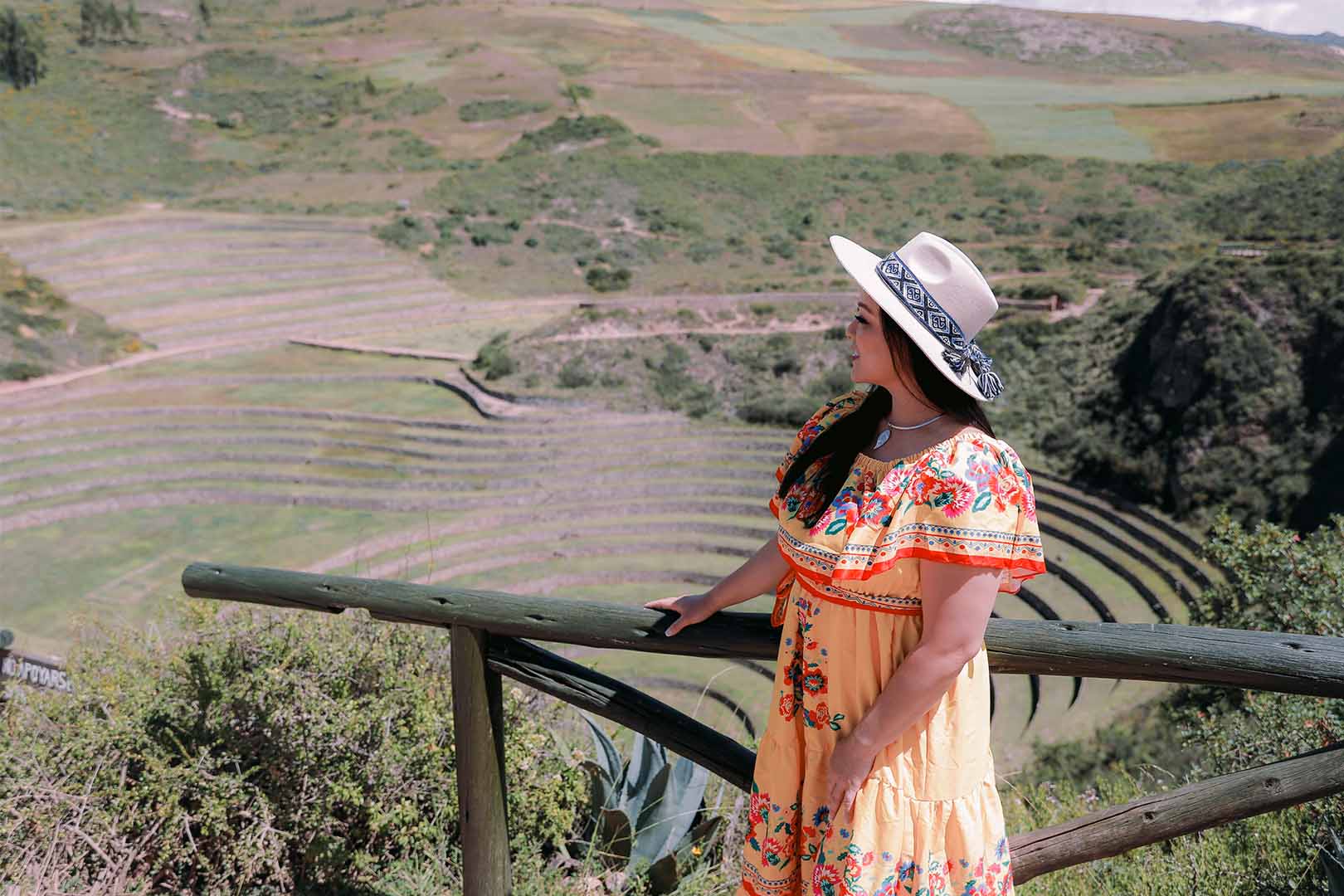
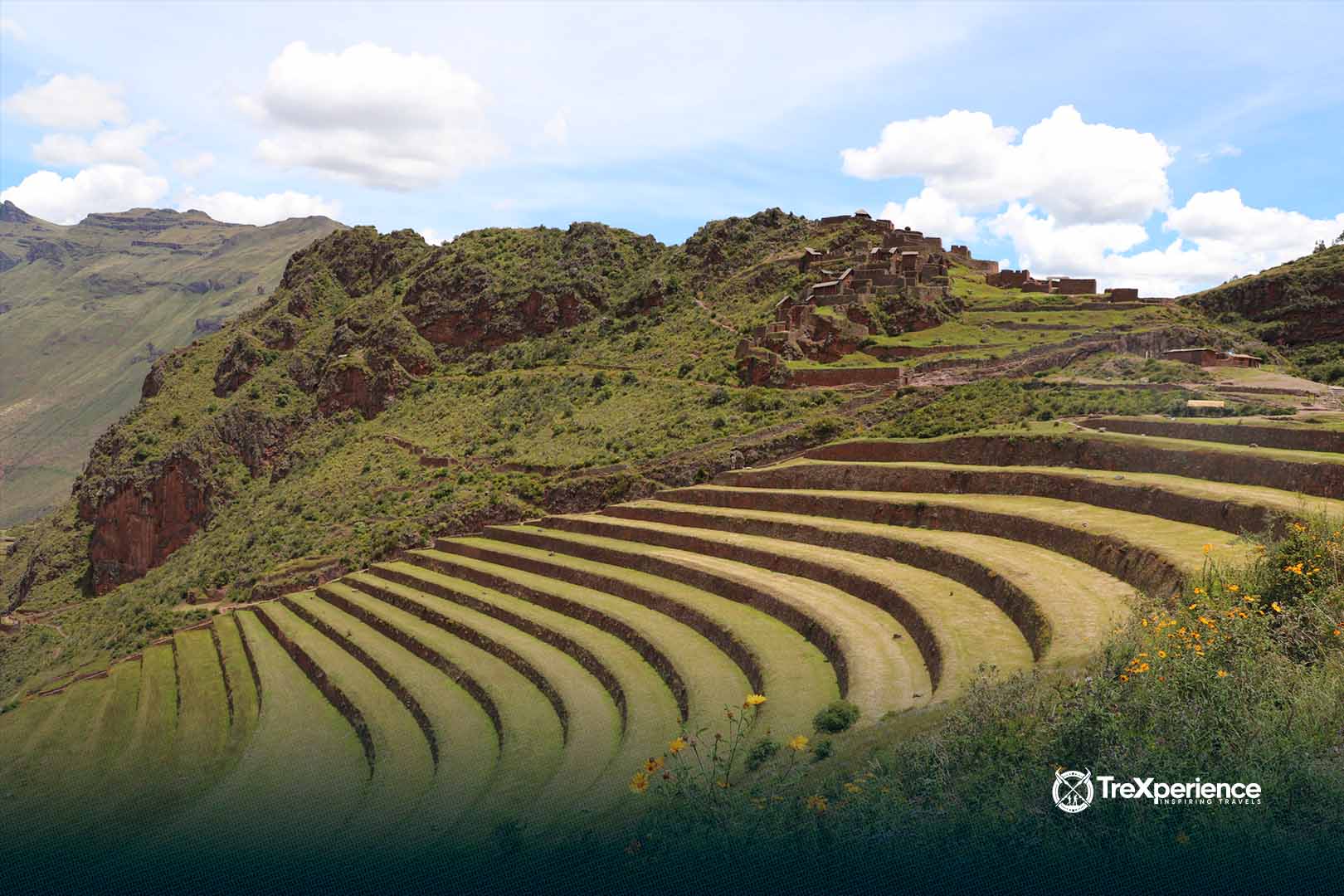
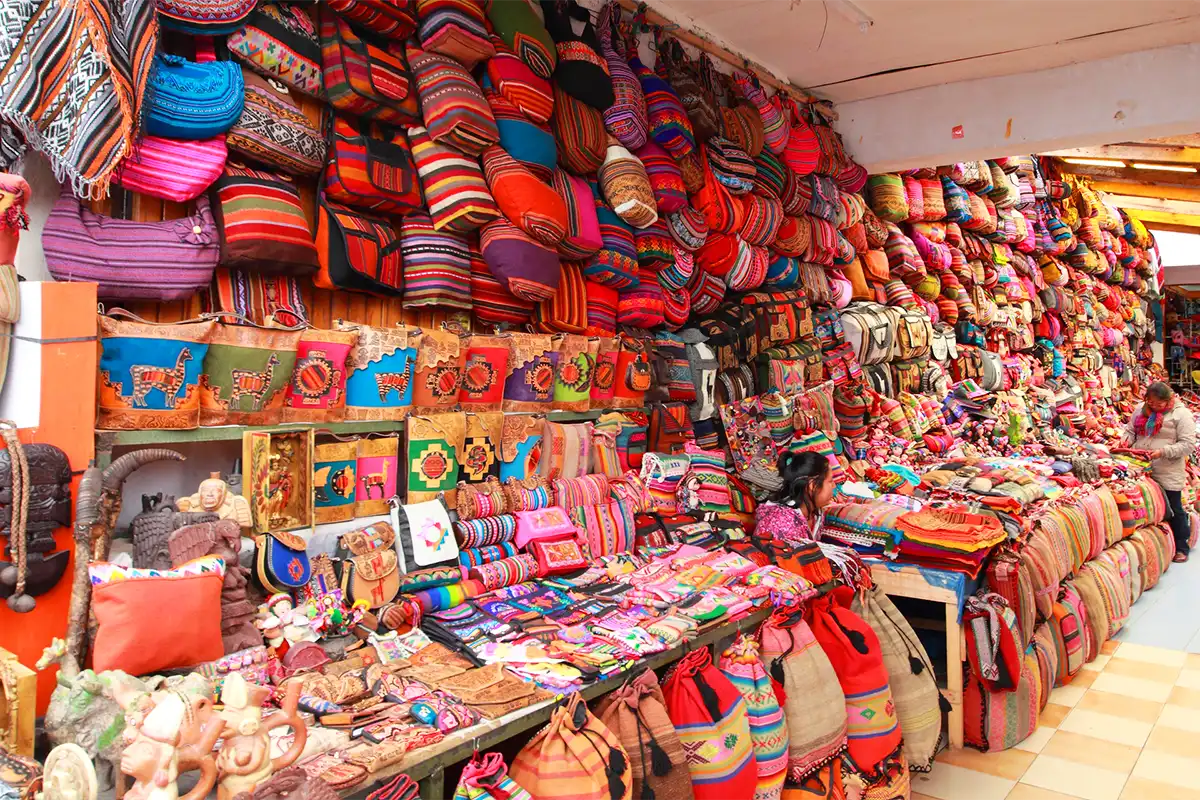
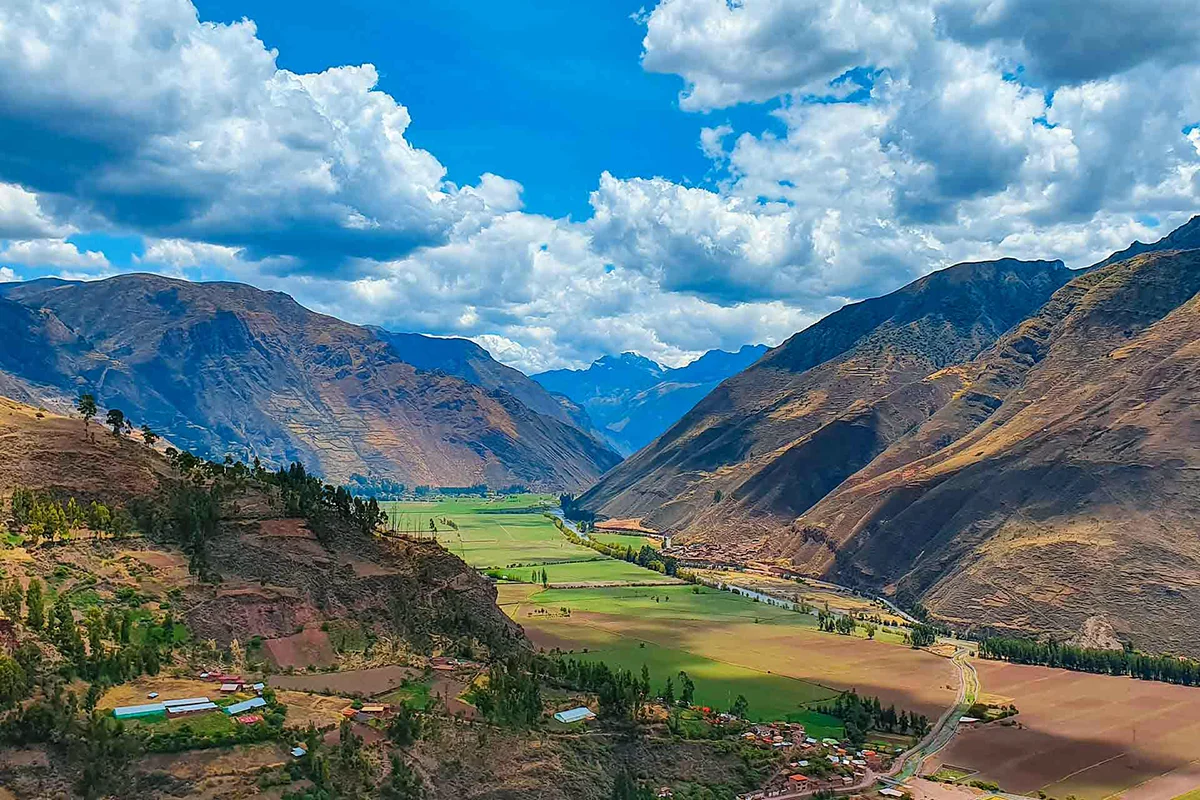
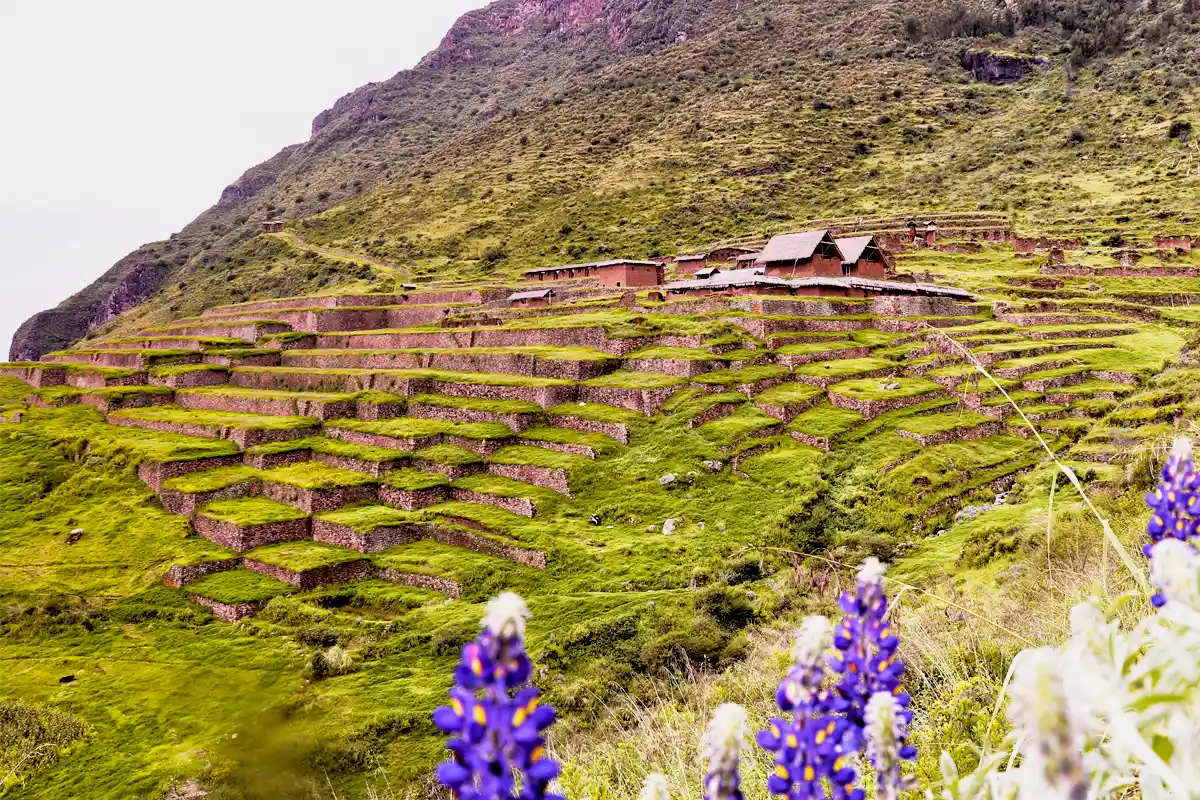
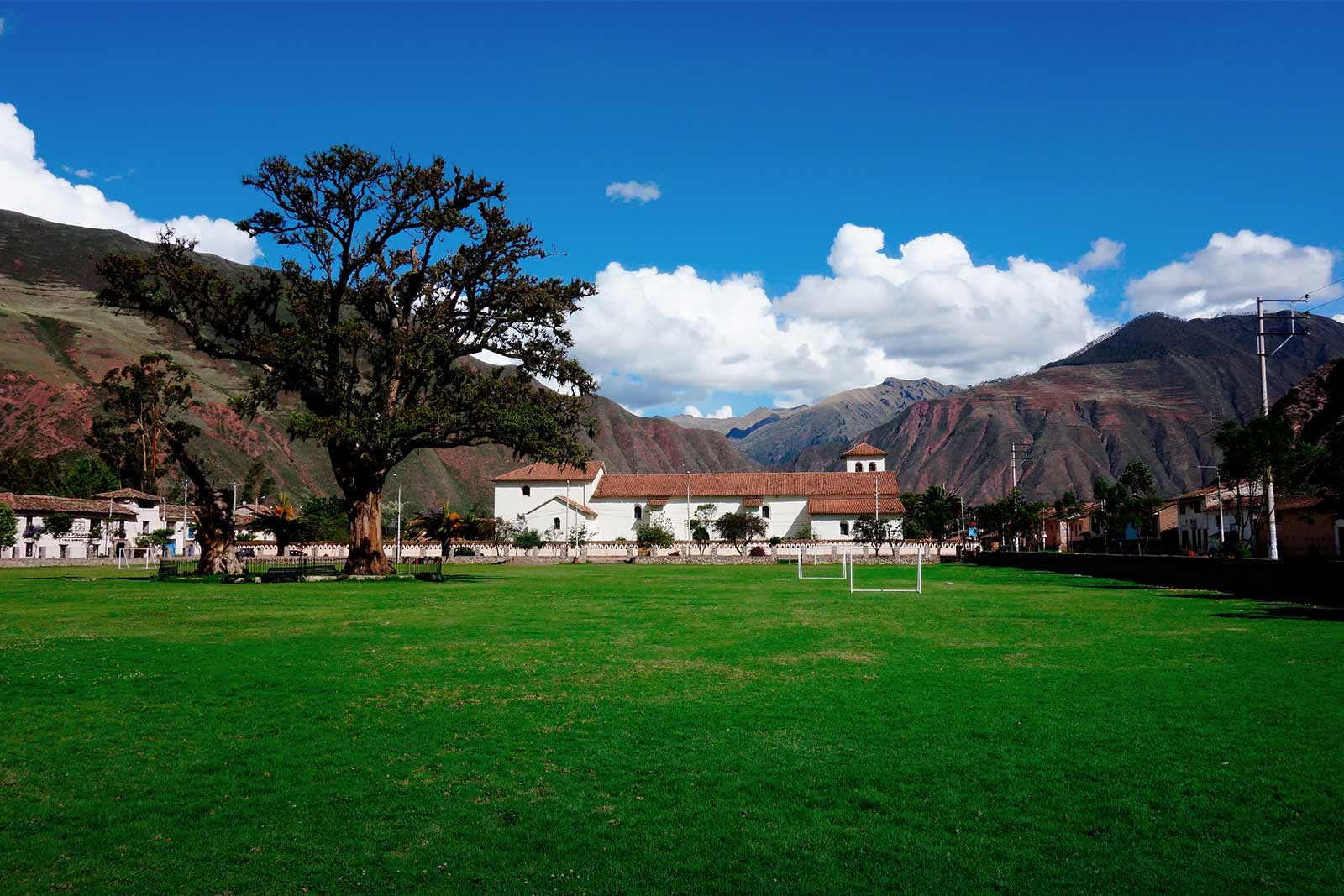
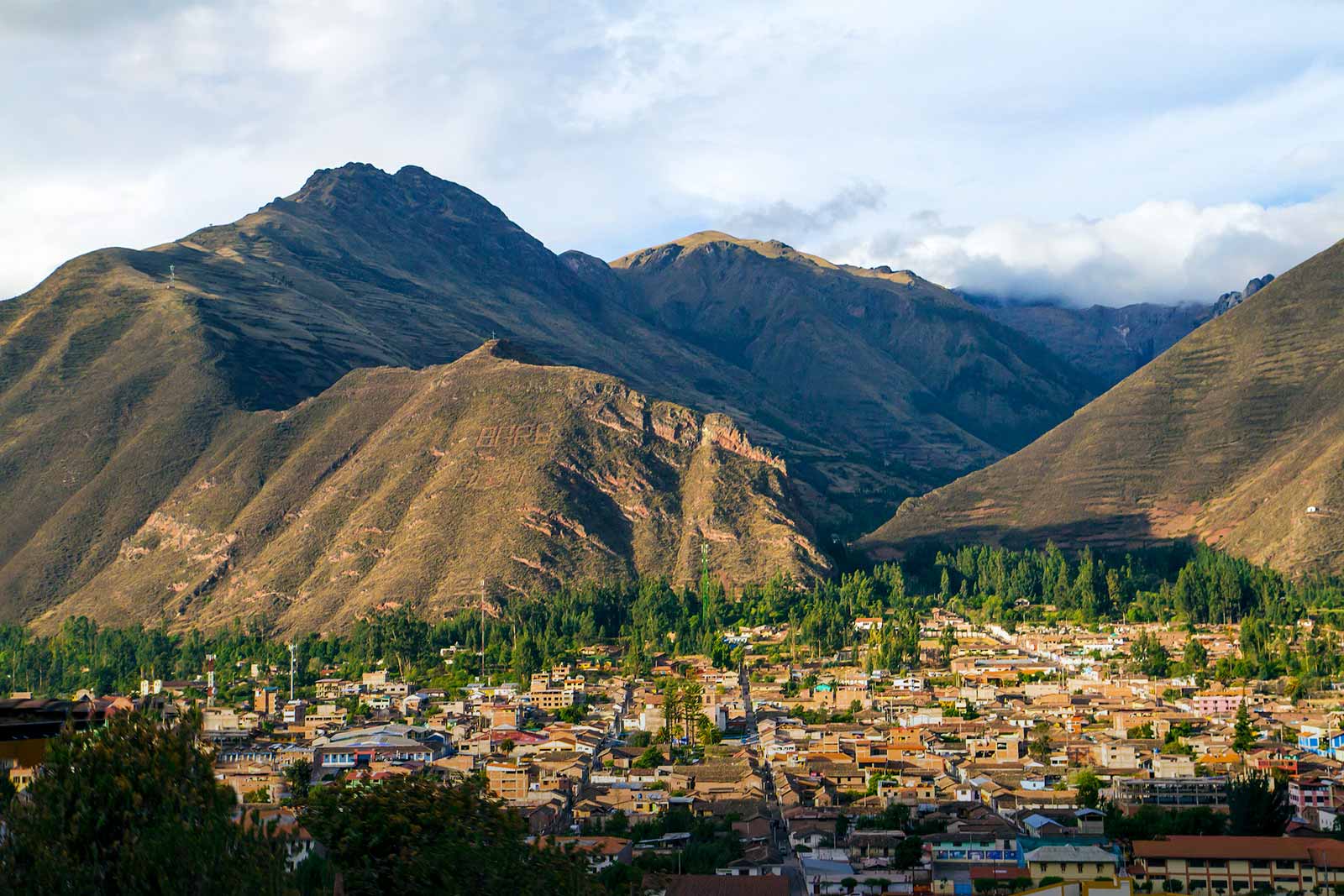
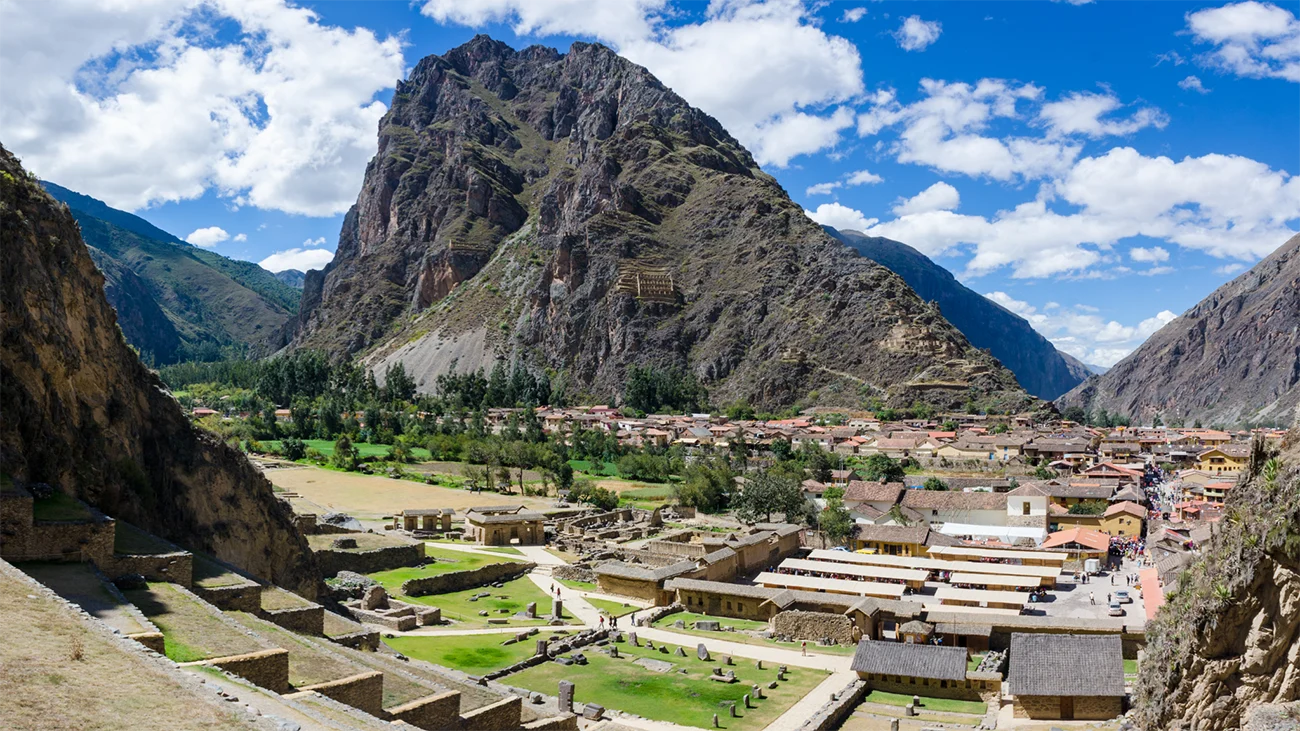
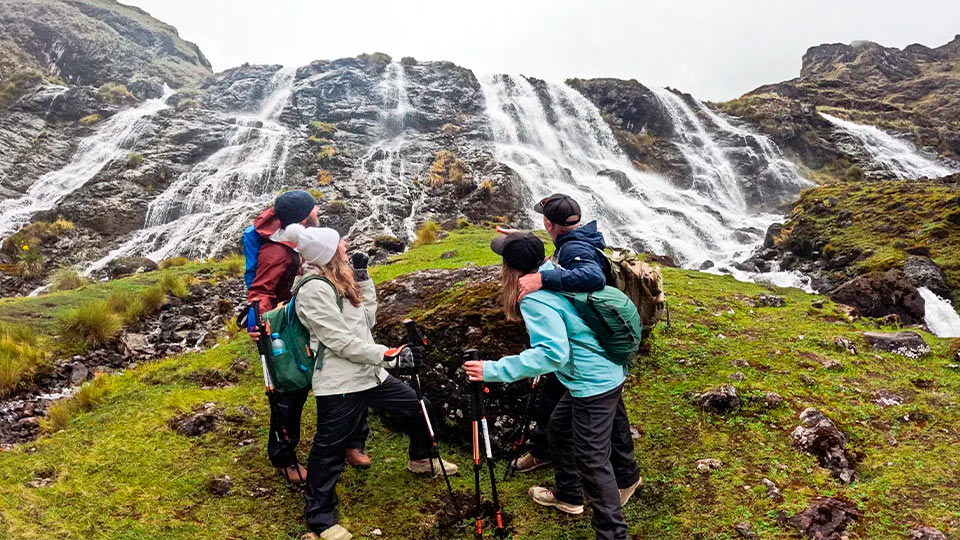
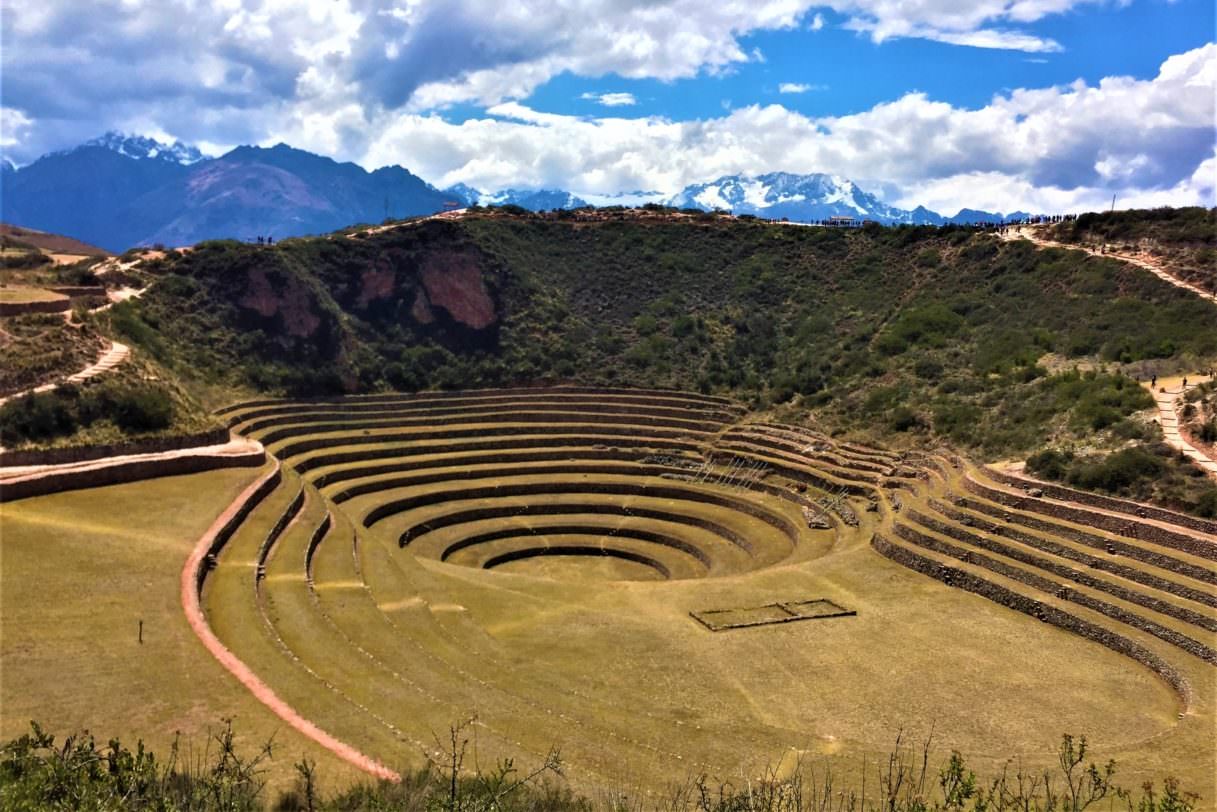
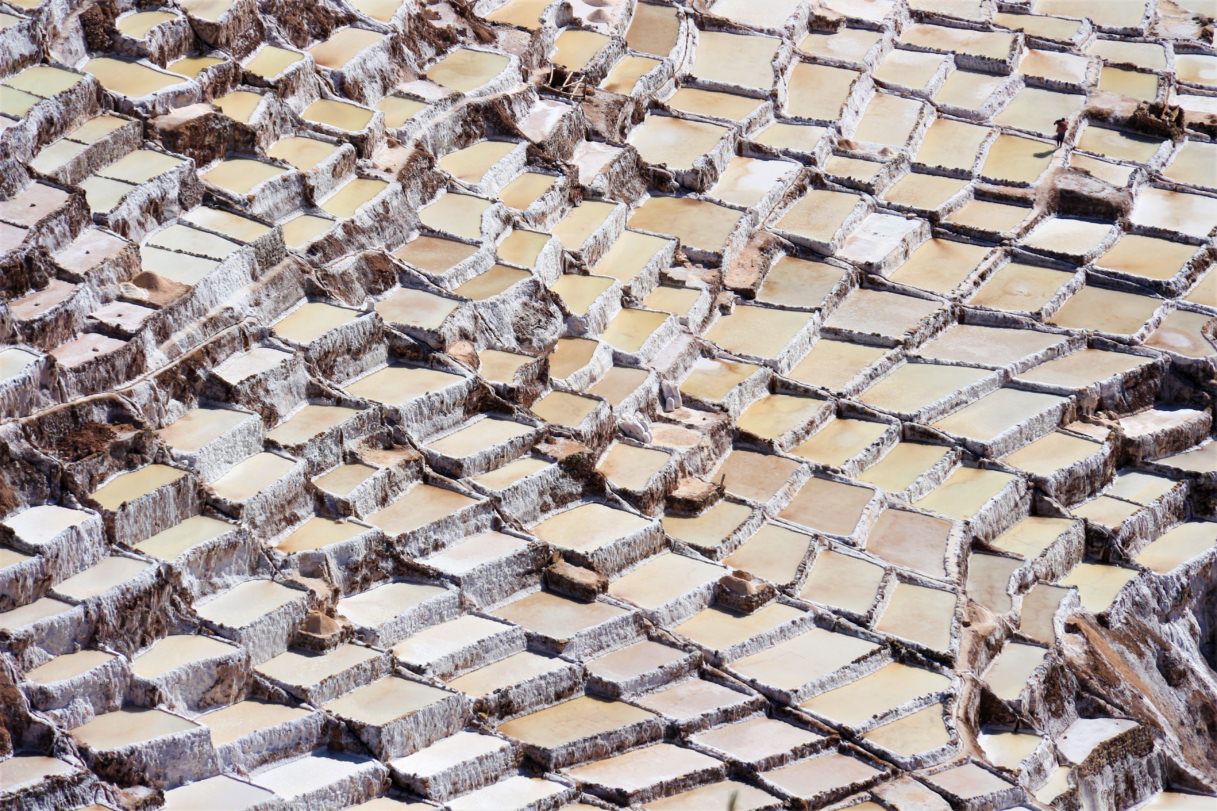
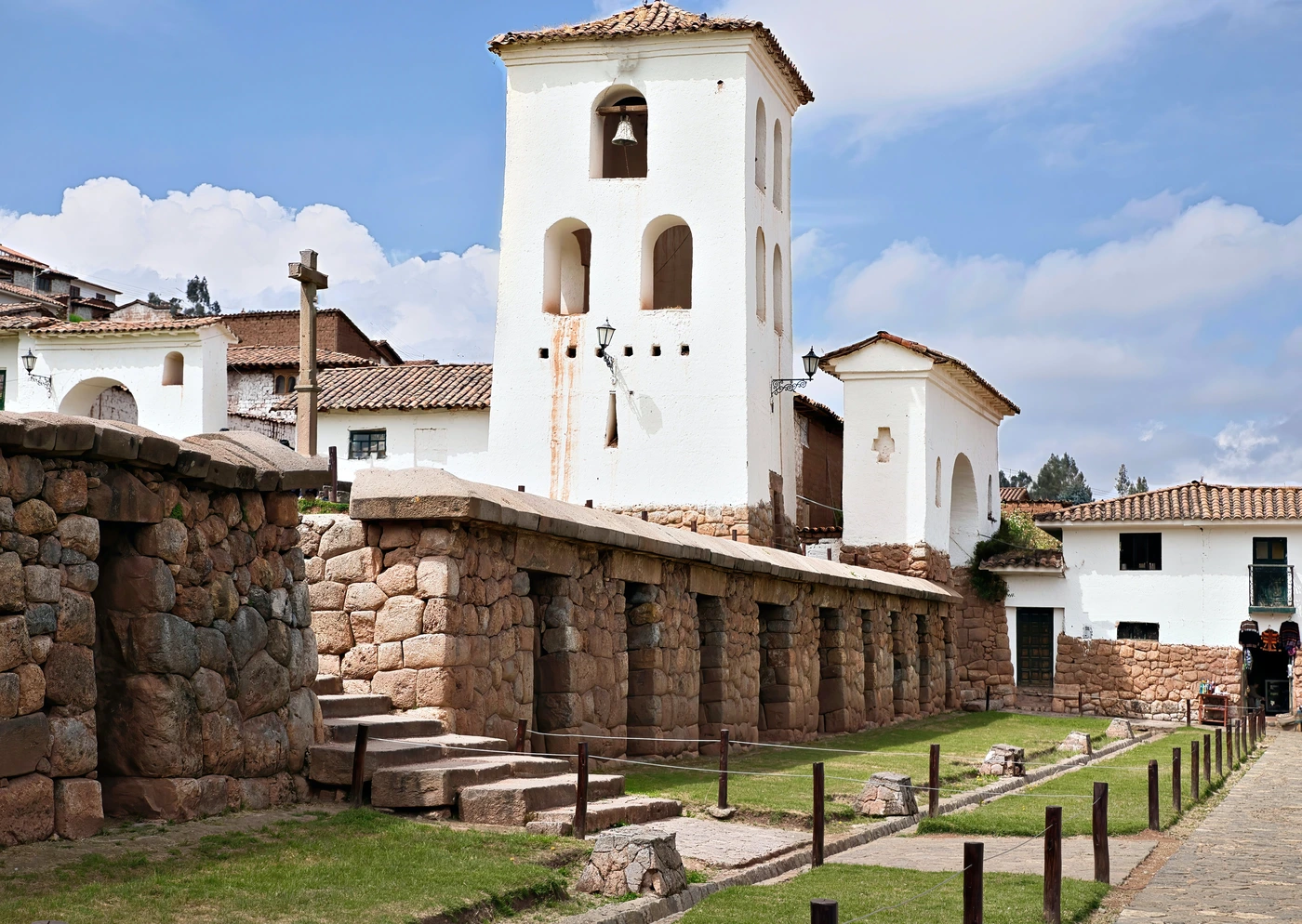
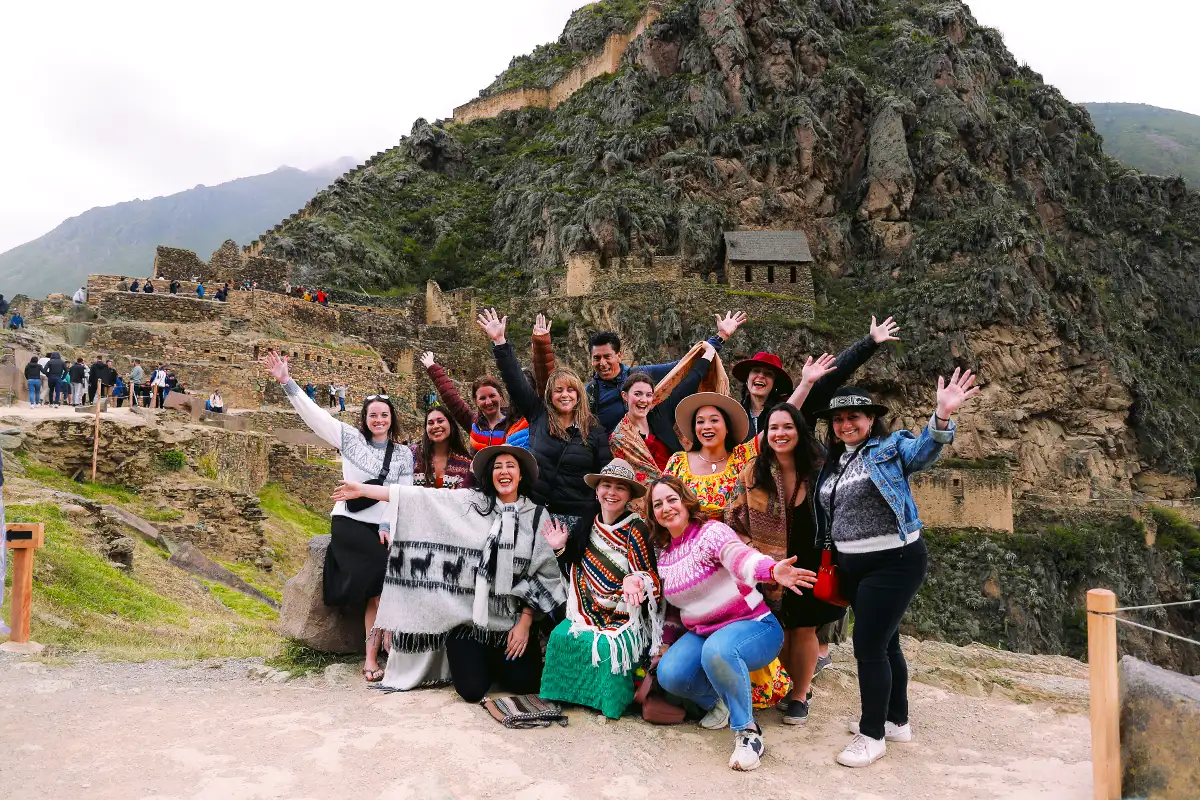

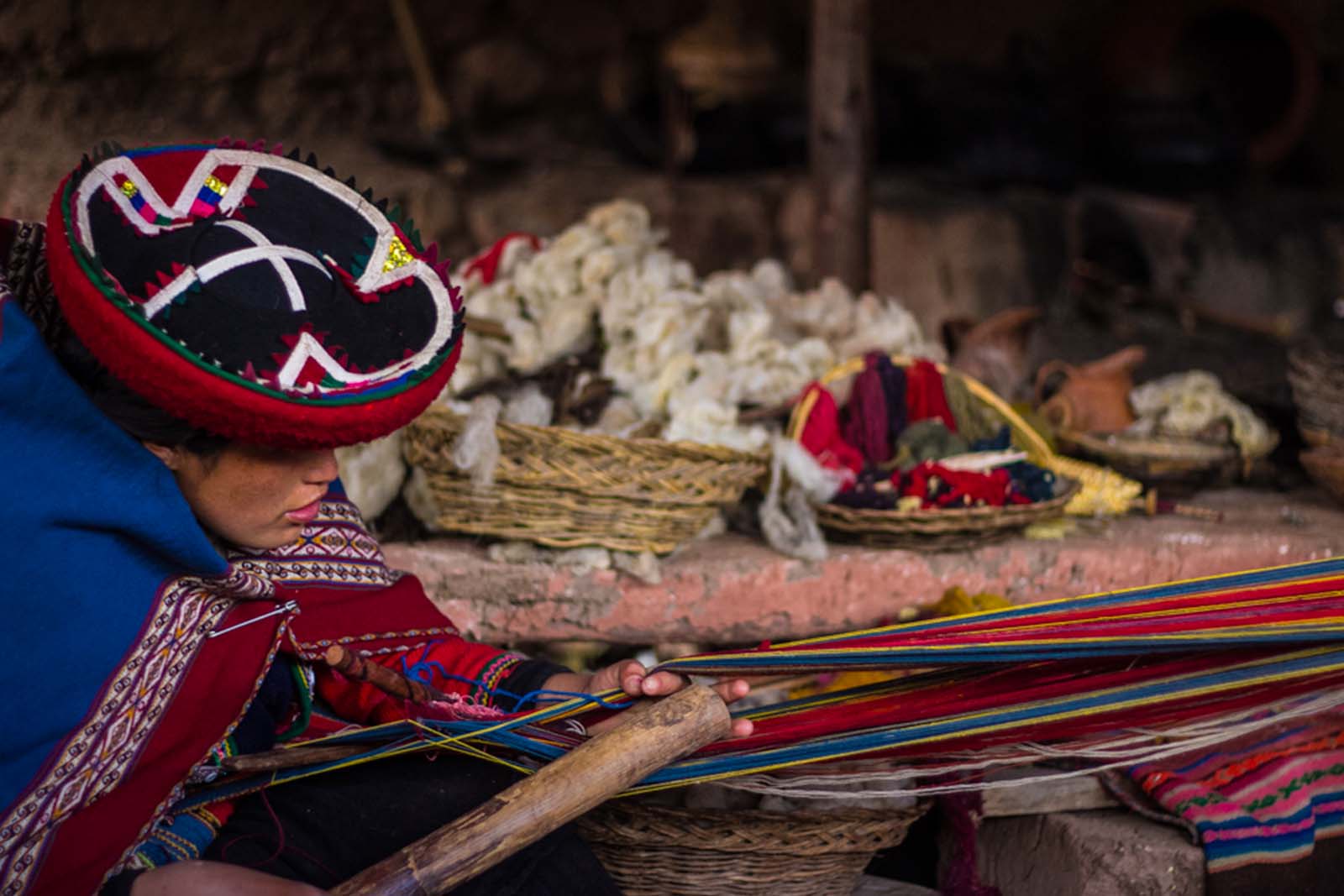
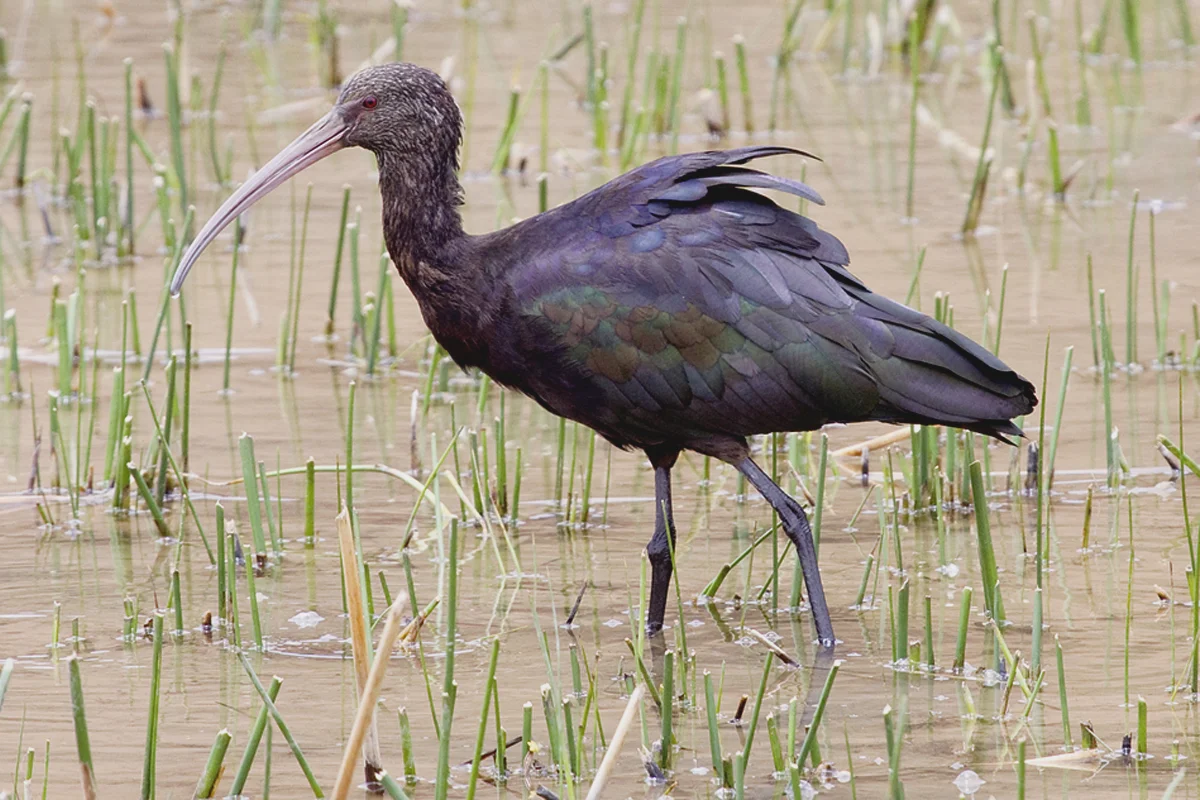
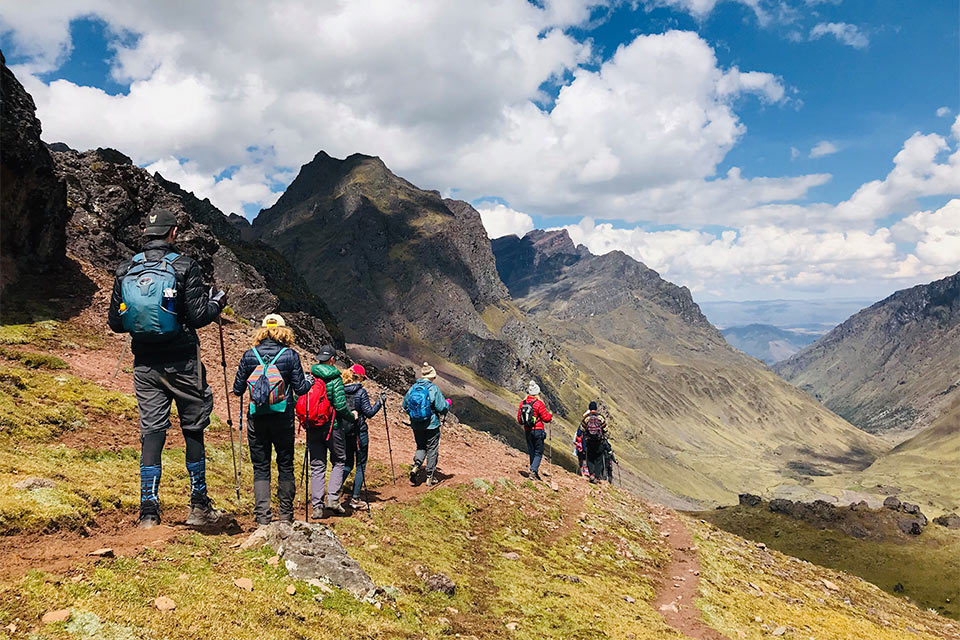



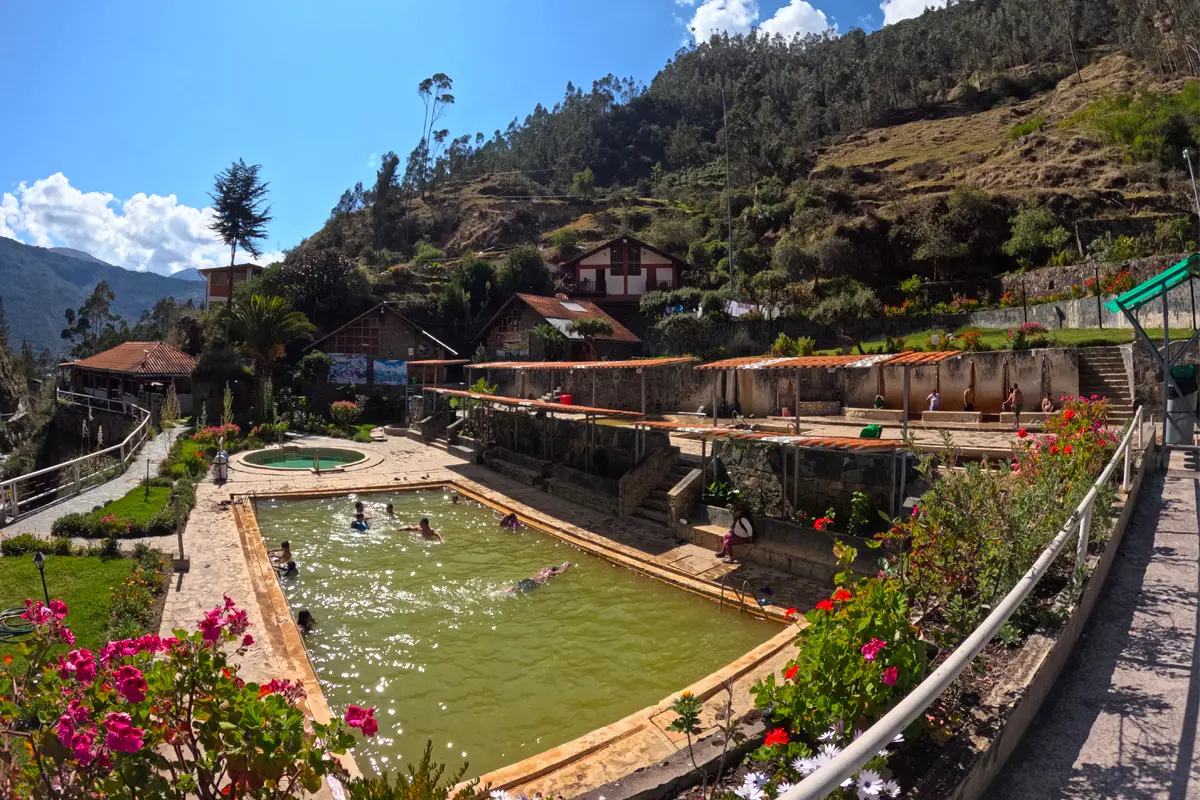
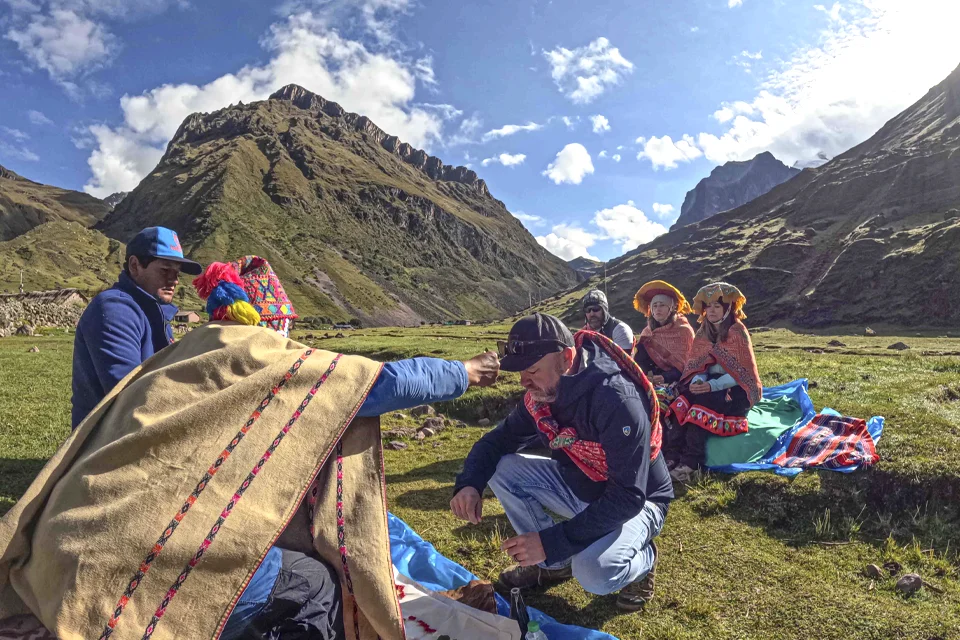
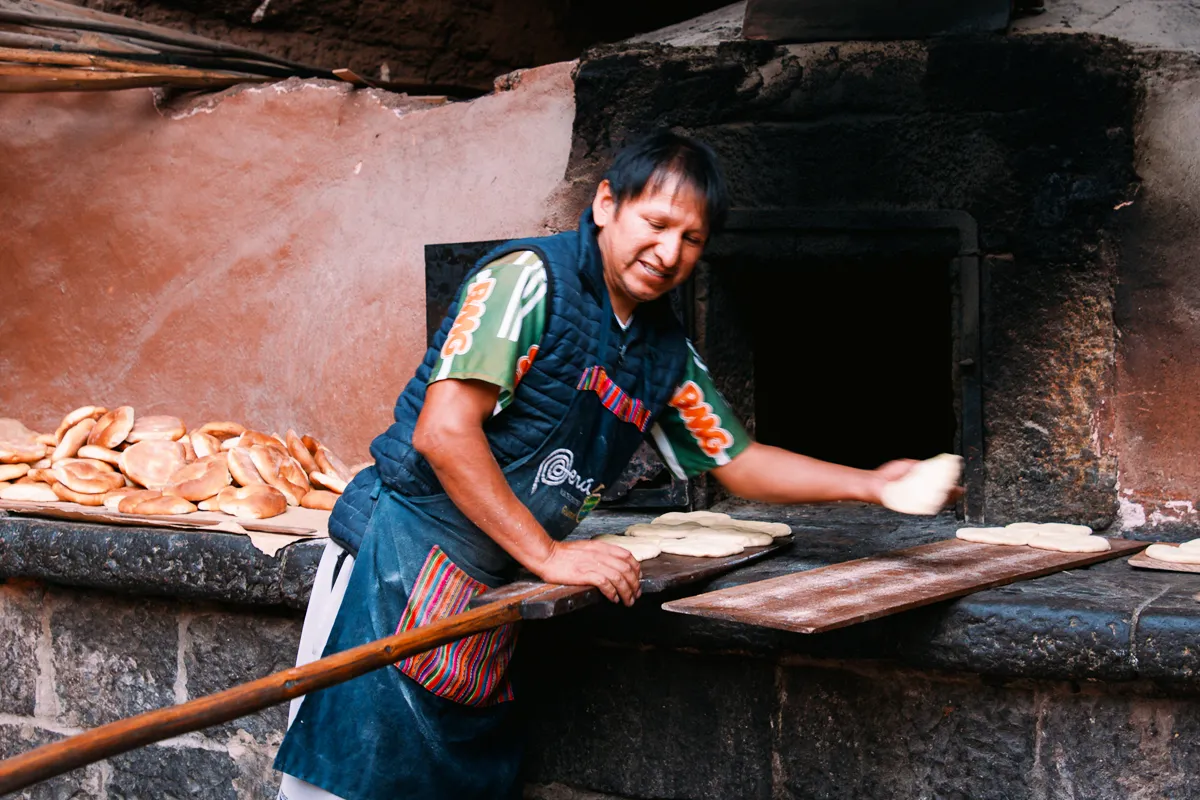
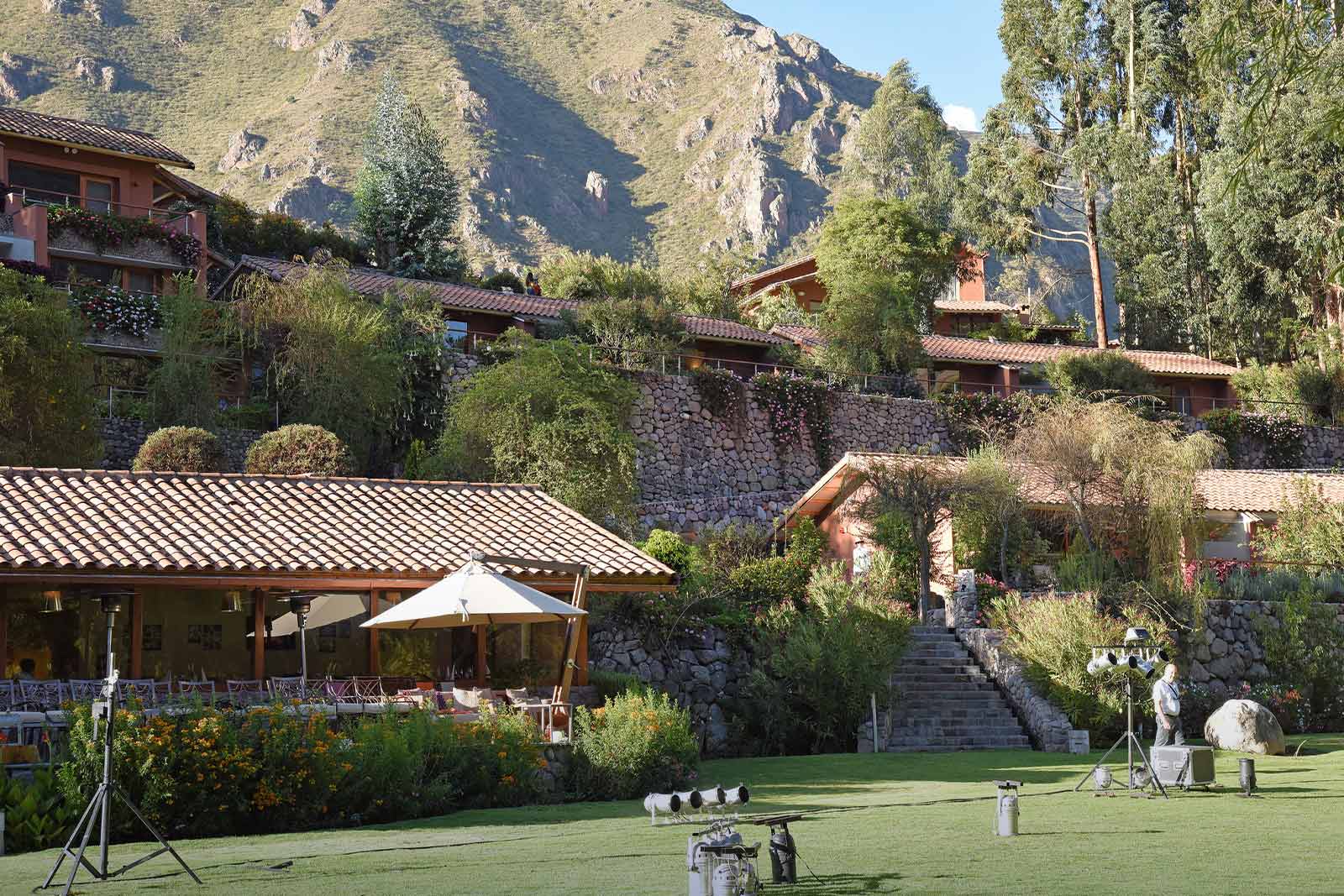
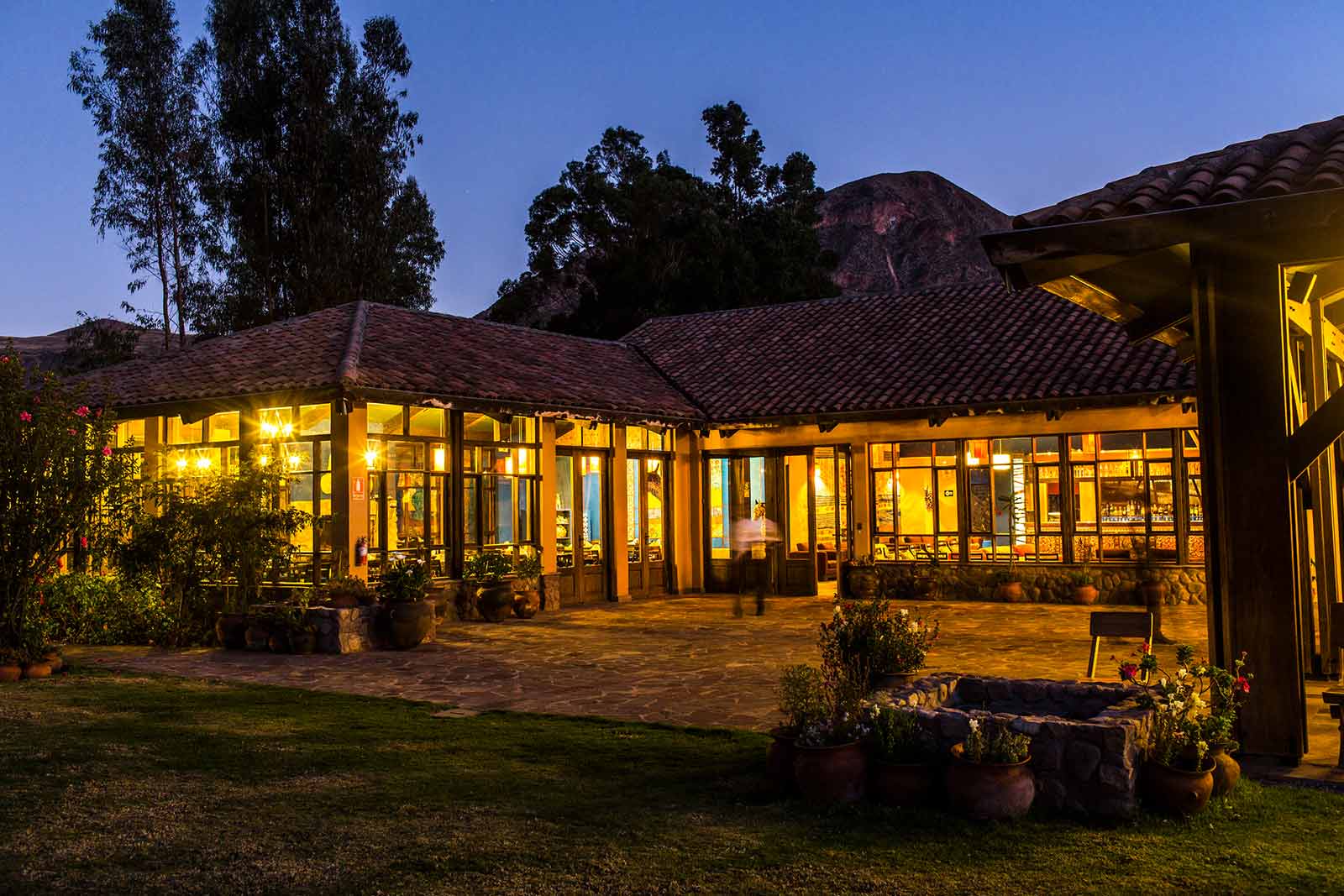
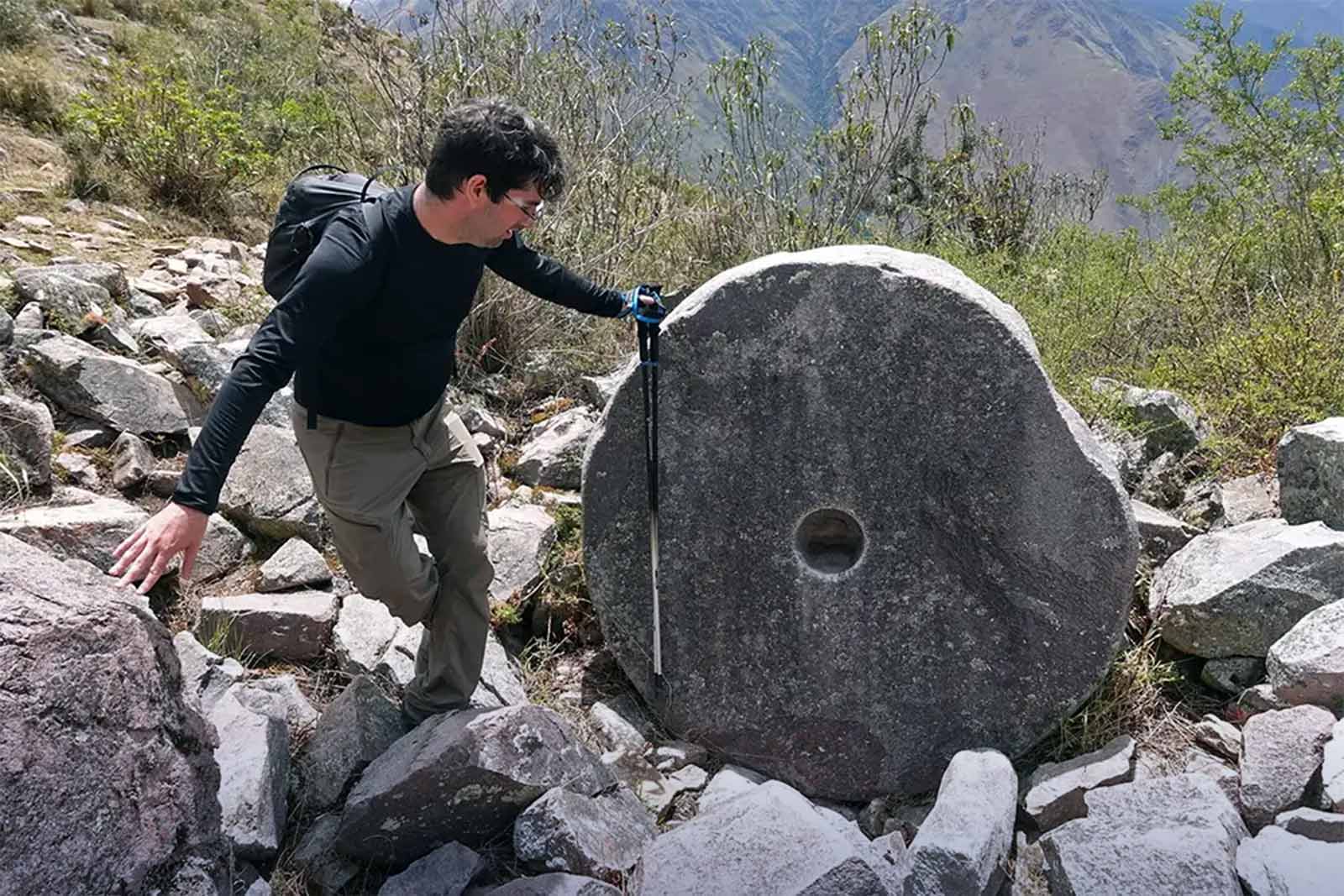
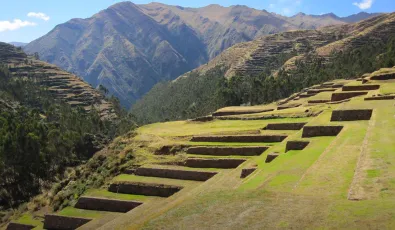
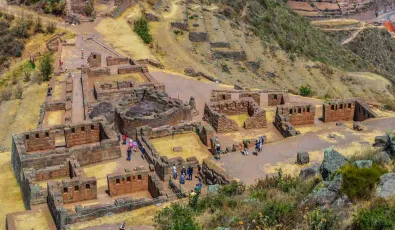
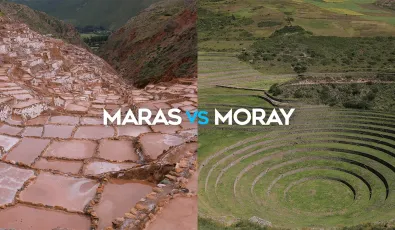
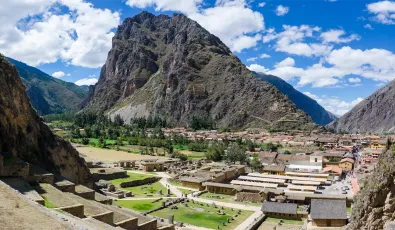
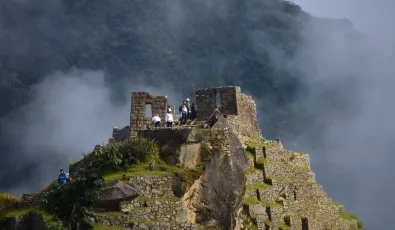

Añadir nuevo comentario